November 21, 2021
Martha O'Kennon
We had almost every imaginable kind of day this week. The temperatures went from 31 F to 61 F. Last night it was snowing, the "little balls" snow with silently falling tiny snowballs. Jadesy was glad she had her two towels covering her for the night. She still has them on.
Here is Jadesy, showing no signs of change, even realizing that she has now been outside for almost three weeks longer than last year. Later I'll show you some of the crucial shots that say "flower bud" or "leaf bud". We're still hoping to see a "flower bud". Don't get your hopes up too high now.. Next is an aster that grew from seed in a spare pot, still blooming. No more Flowers? Well, look into the leaf net - the maple leaves are quite lovely. AND you can see a couple of red fishes down there.
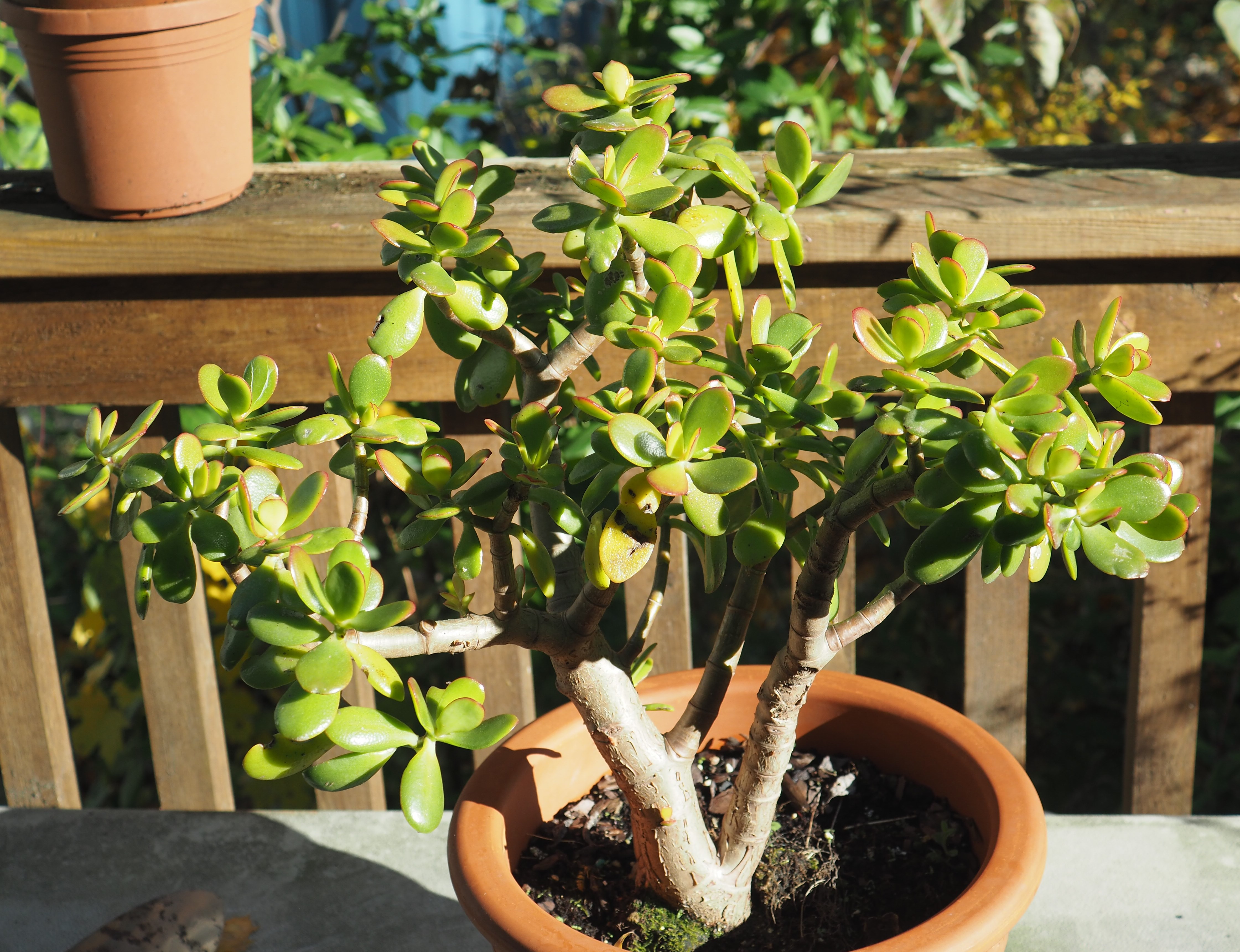
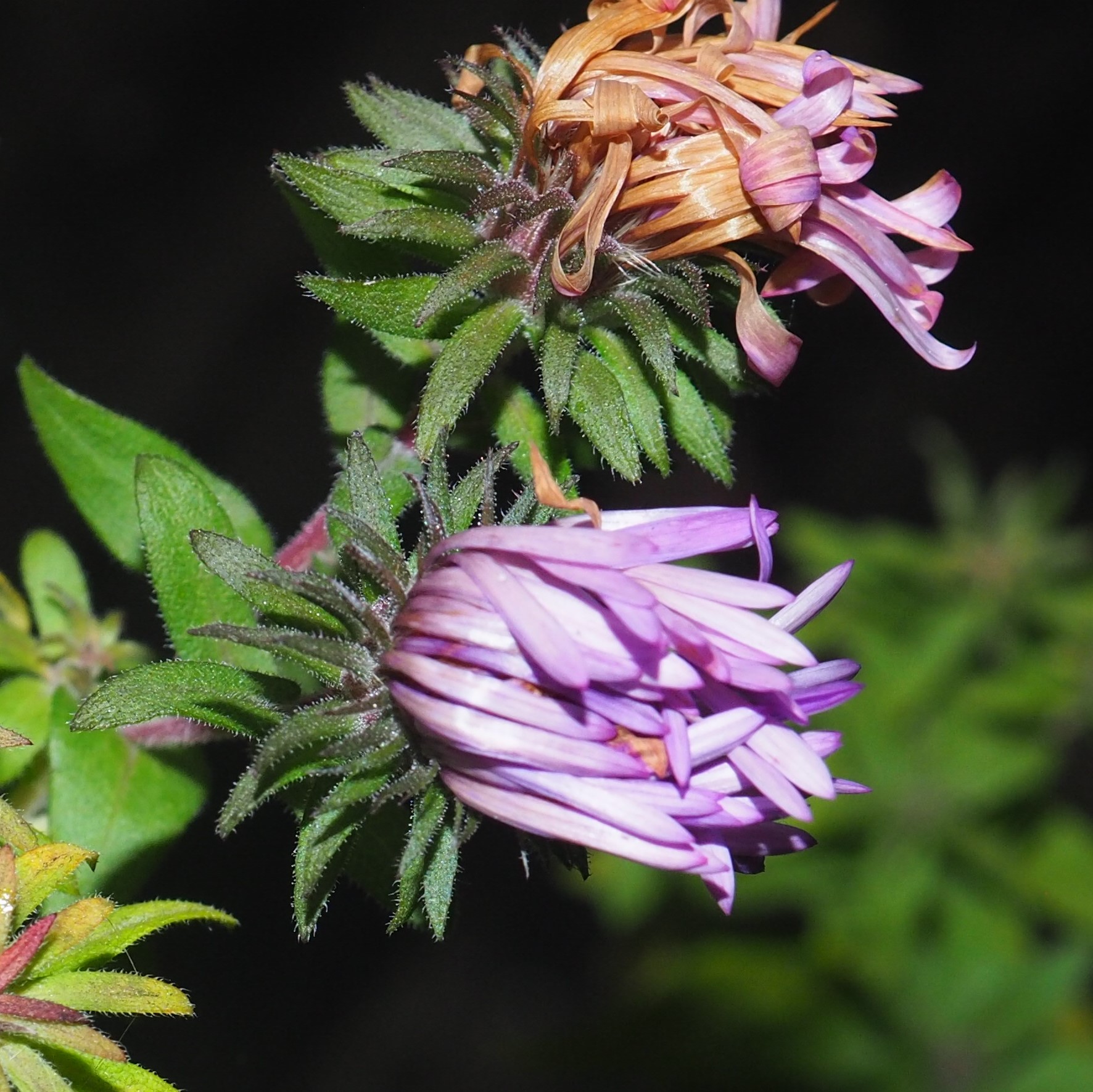
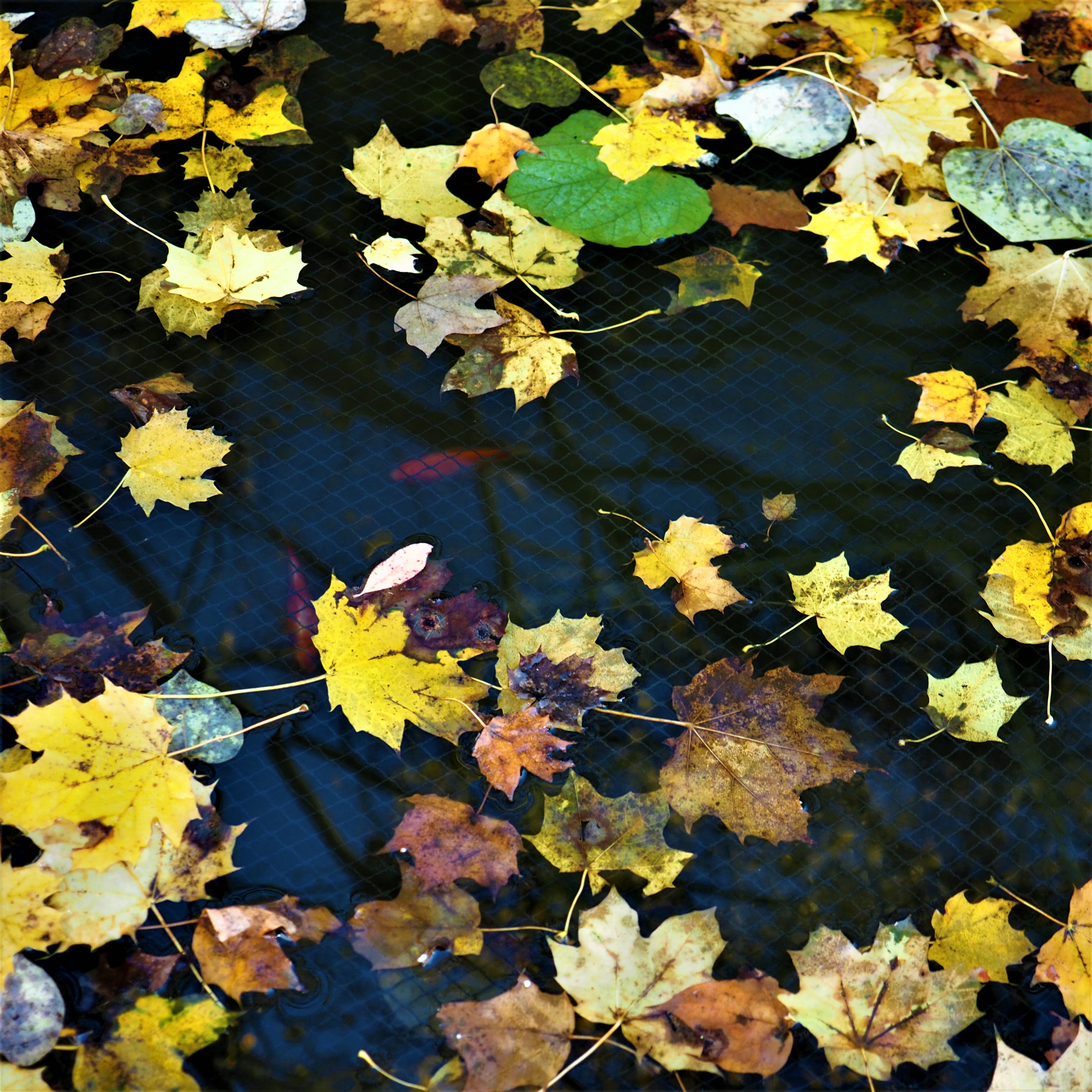
Remember that there is information in the name of the file for each image. You can see it by mousing over the
image - look at the lower left of the screen. Or you can click on the image to get to the (usually) larger image.
Then the info is displayed in the address line above. Sometimes the second click will actually display a
different view of the original image.
Remember two weeks ago, when I said "The Ants are harder and harder to find, except for the Small Honey Ants." ? And then last week when suddenly the world was alive with Ants? Well, rewind again to the situation 2 weeks ago. All the Ant pictures I got this week were of Small Honey Ants, and about half of those showed the Small Honey Ant caught in a small amount of Spider thread.
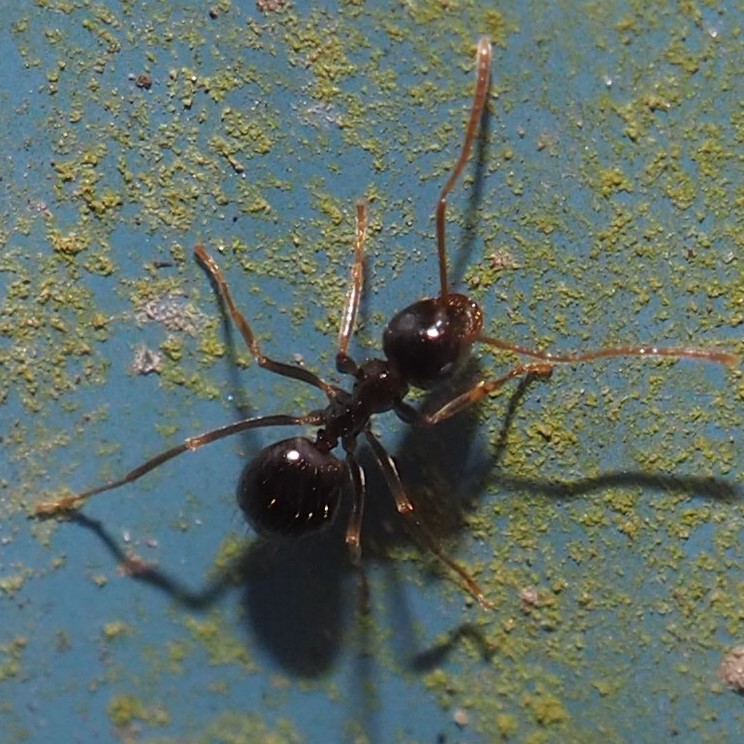
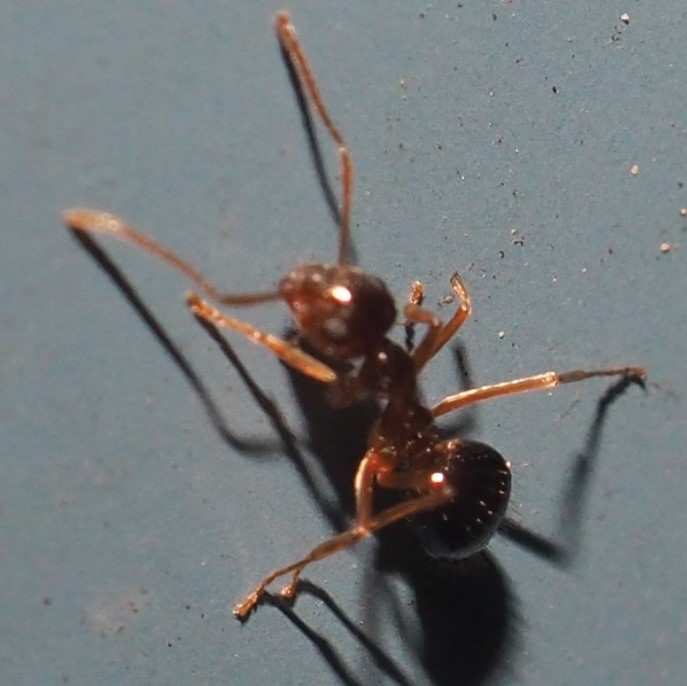
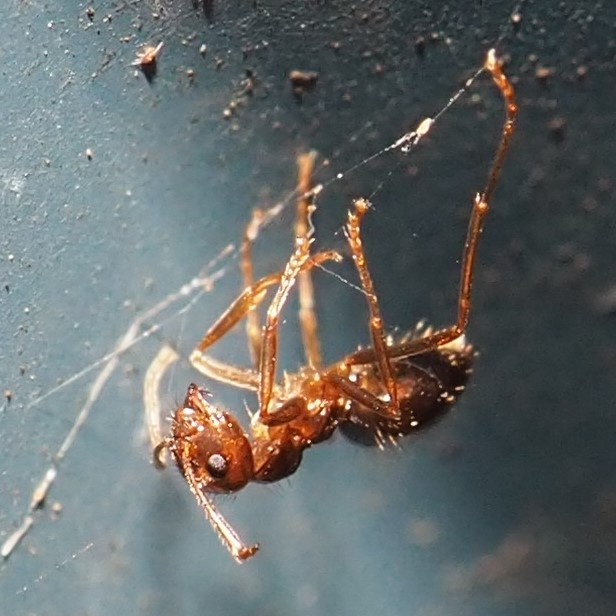
And so we move on to see what's happening in Barklouse country. The little mystery Brown Barklice were identified last week as Large-winged Psocids. The wings do seem to cover a lot of territory. In picture 2, we seem to be looking at a smaller (younger at least) of these Barklice, but it seems to be eating something; this is the first time we've seen one of these eating anything other than fresh or nearly fresh Lichens. It seems to be part of the substrate, and may be aged Lichens. Picture 3 shows another brownish
creature - is it another Large-winged Psocid?

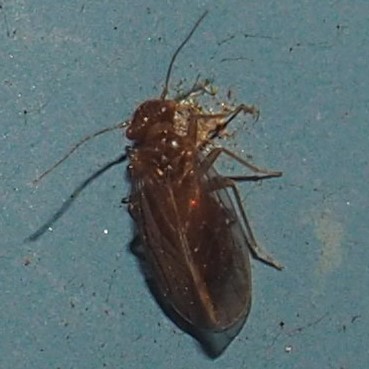
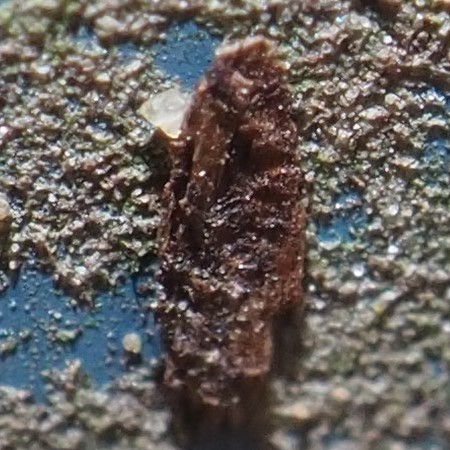
Here we see what looks like Valenzuela (possibly flavidus) but an almost black-eyed version. I wonder if this is a sign of a male. Picture 2 may be the same individual or another very similar one. Third is an adult - with red eyes.
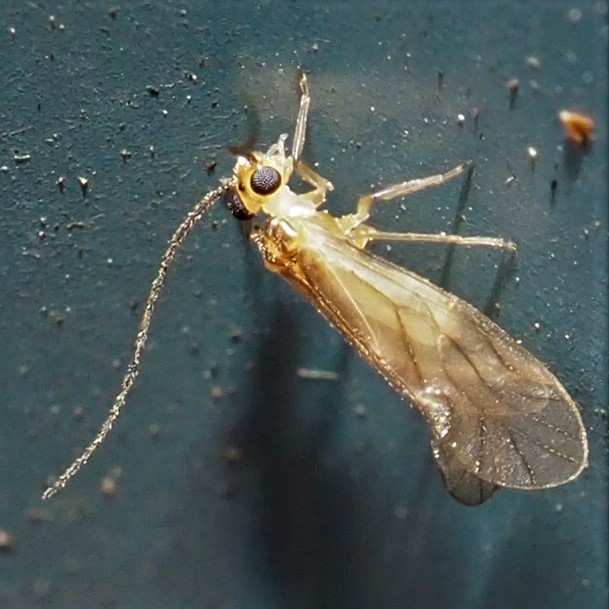
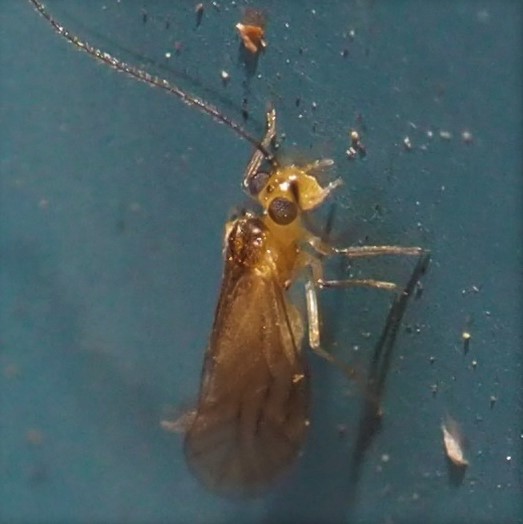
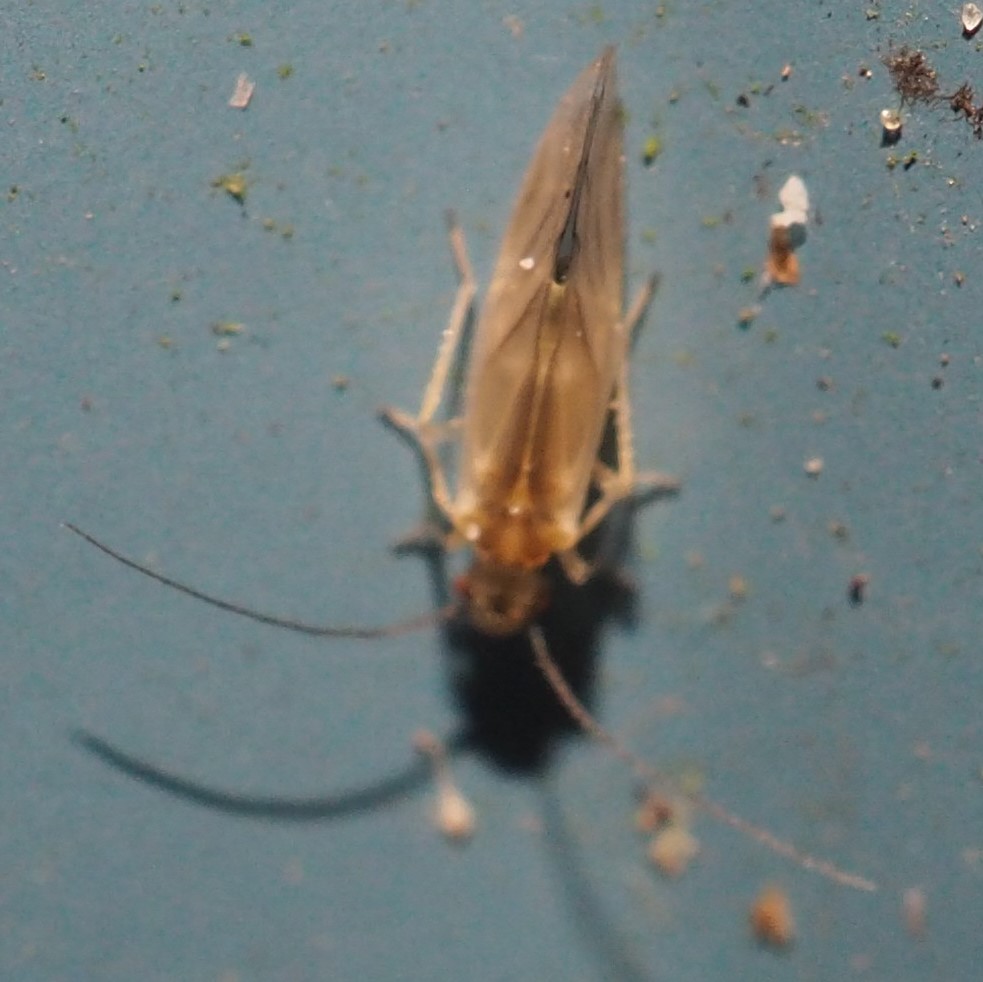
The Graphopsocus cruciatus adults are again the most populous on the Walls. There were in addition a few nymphs (picture 3).
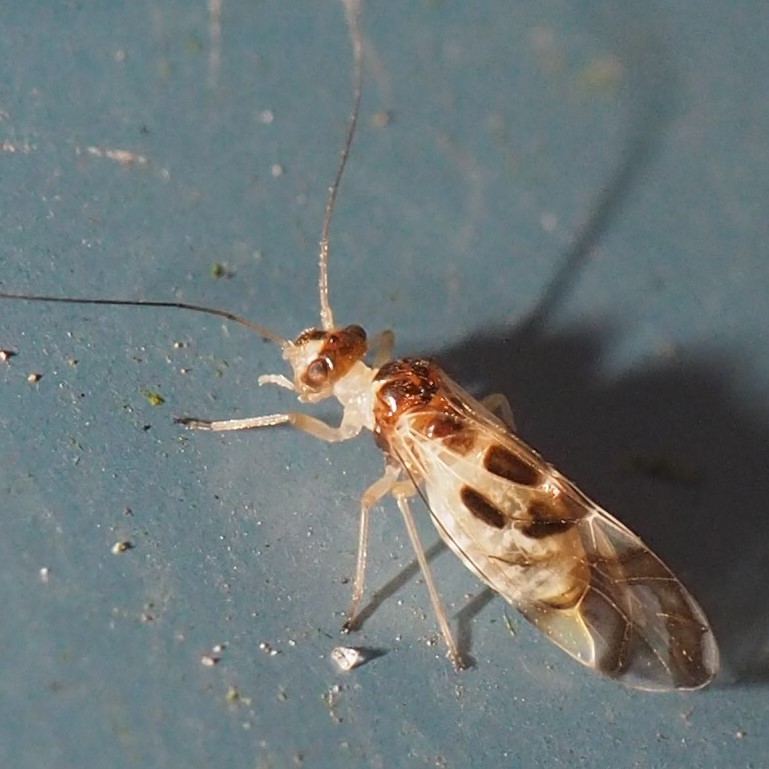
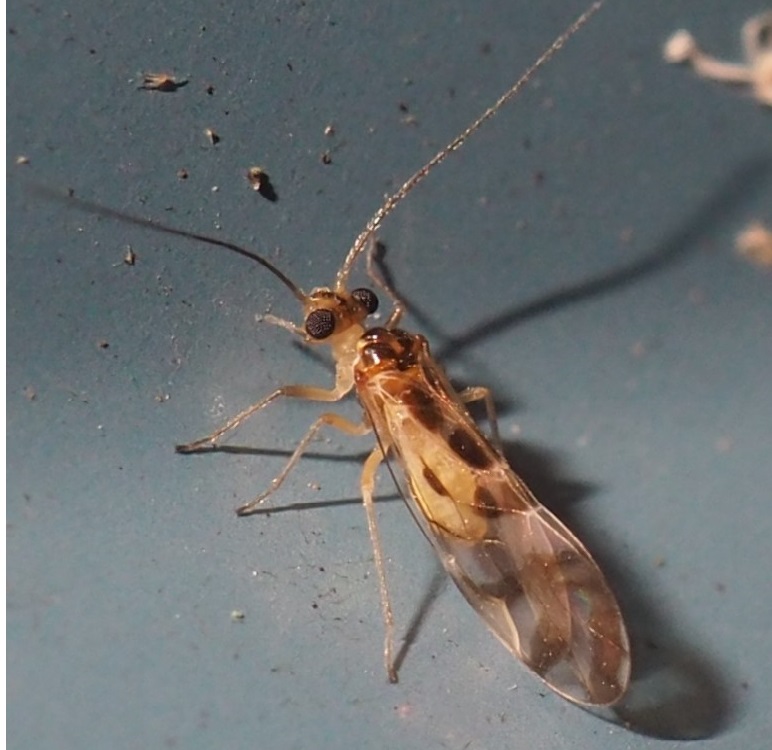
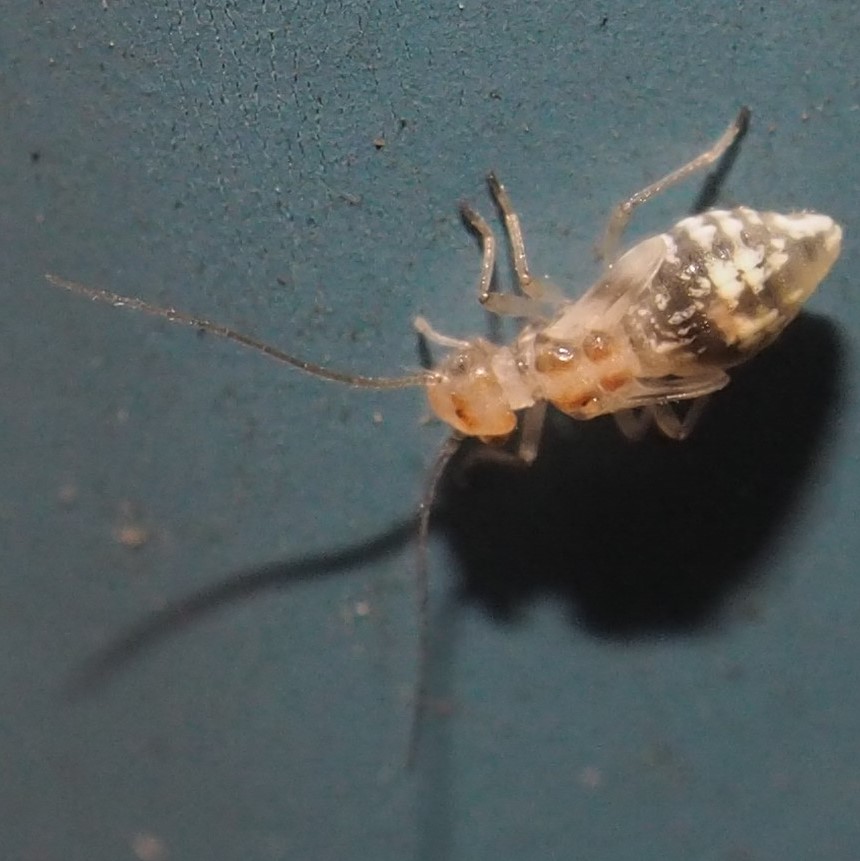
There are now quite a few egg masses of possibly several species of Barklice. Now that winter is coming, these egg masses are covered with quite thick layers of silk. All these are puzzles as to what kind of Barklice they will produce.
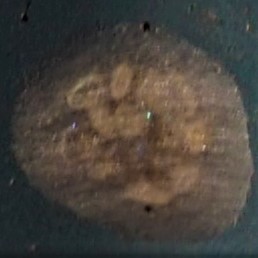
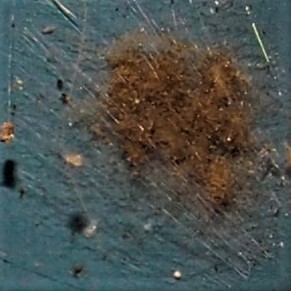
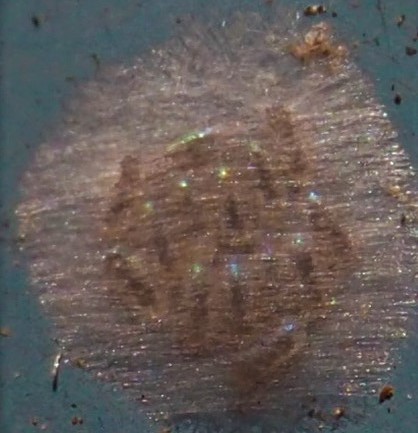
In picture 1, I wonder if the fleece has fallen off the naked eggs or if they are two different kinds of Barklice. The first picture is a detail of the second. The eggs in picture 3 look like Graphopsocus eggs, and must have been laid earlier than the others since the silk covering of the nursery is less heavy. In fact, those eggs look quite a lot like the eggs in figure 1.
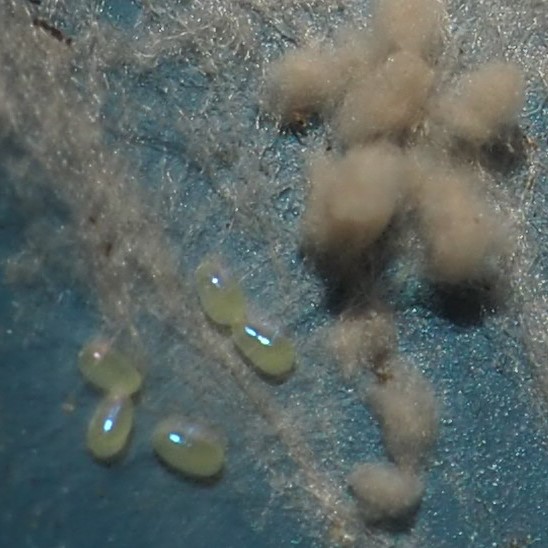
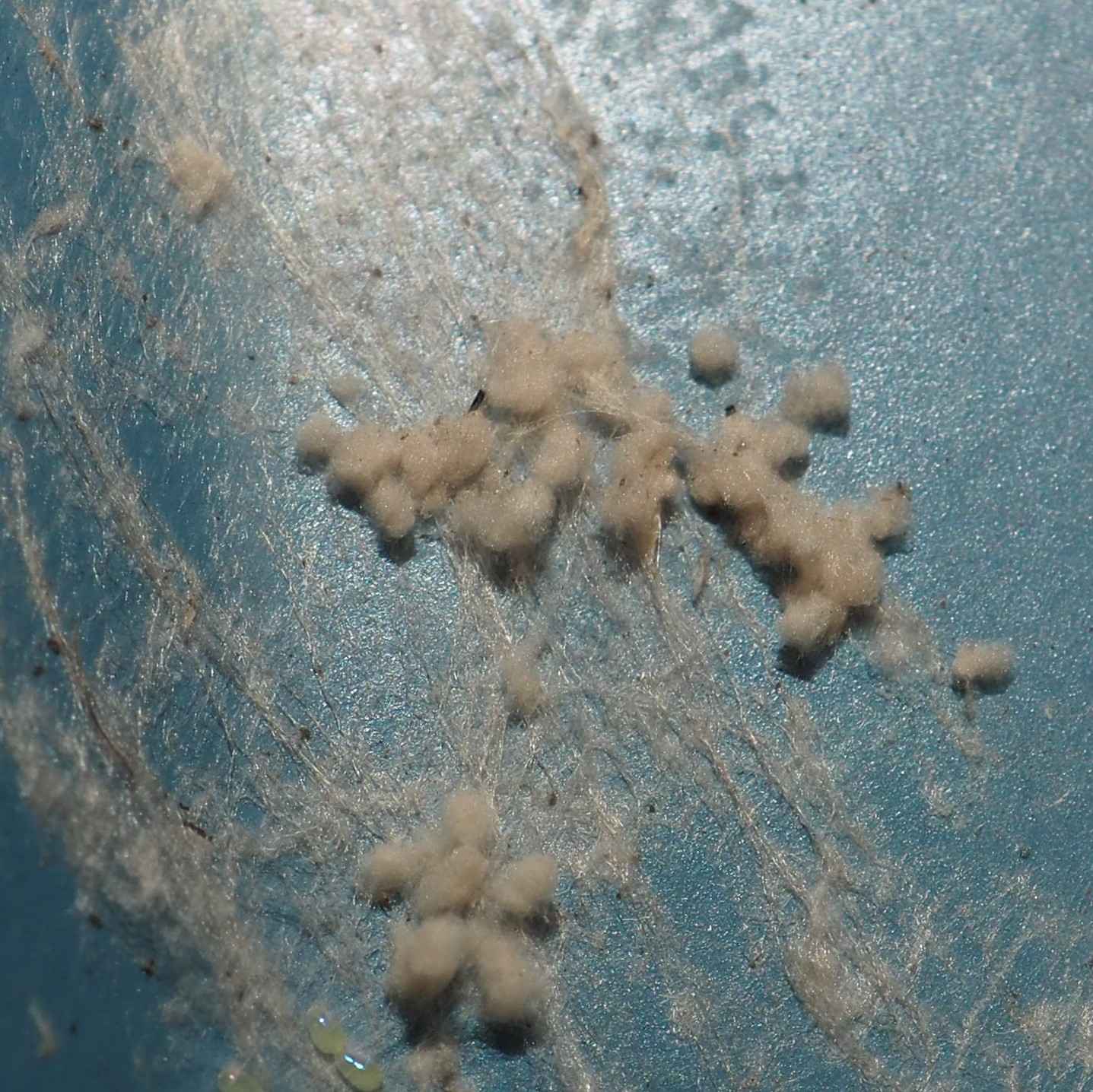
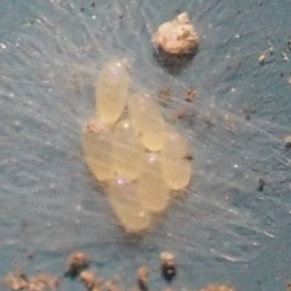
The Beetles were even less in evidence - I recorded only one this week! It is some kind of Scarab or Dung Beetle.
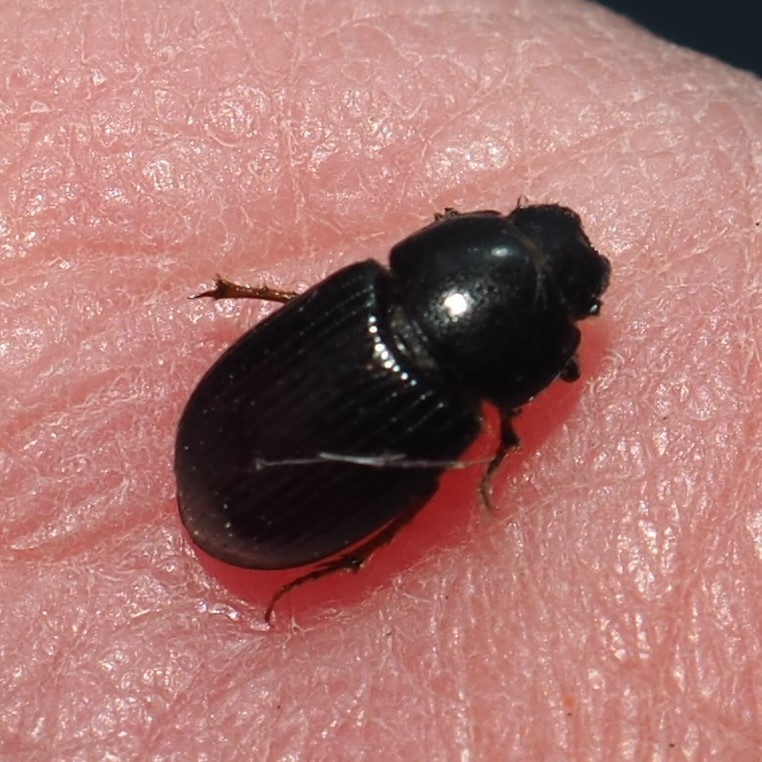
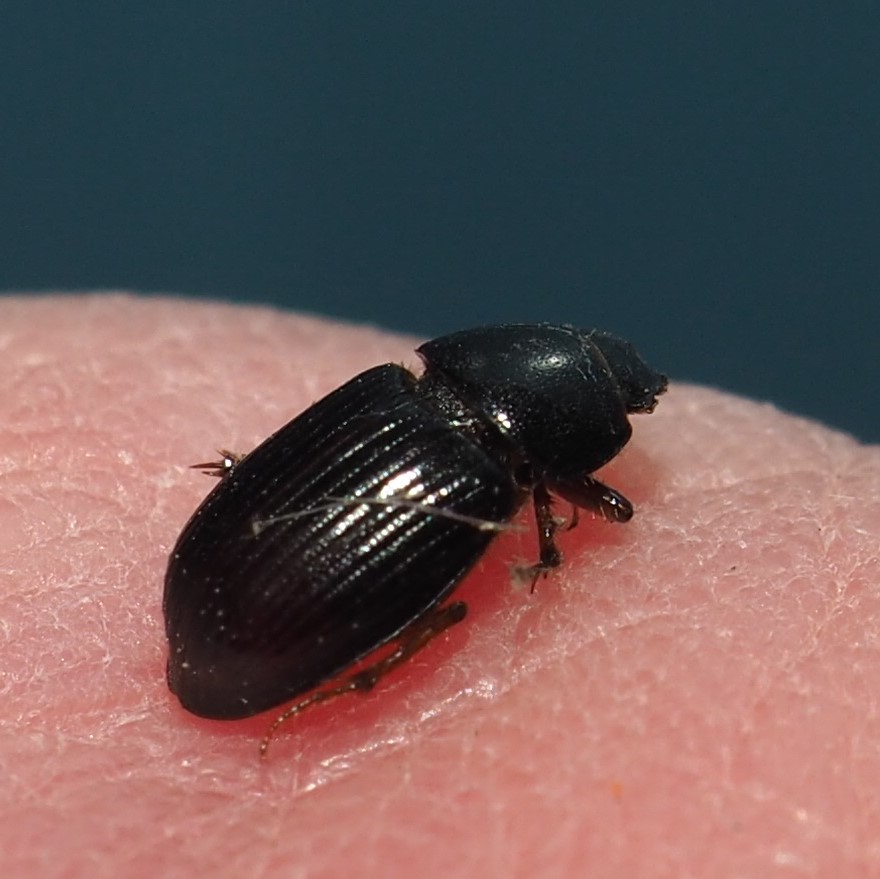
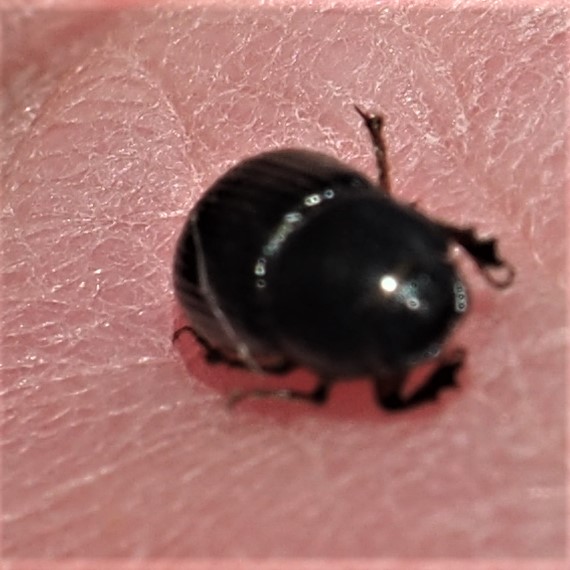
But the Bugs didn't fail us. Remember that a lot of the Leafhoppers actually overwinter as adults. I think they must go down under the shop floor. First here is the genus Balclutha Leafhopper which few can identify. Then one of the Eratoneura genus. And one of genus Erythridula.
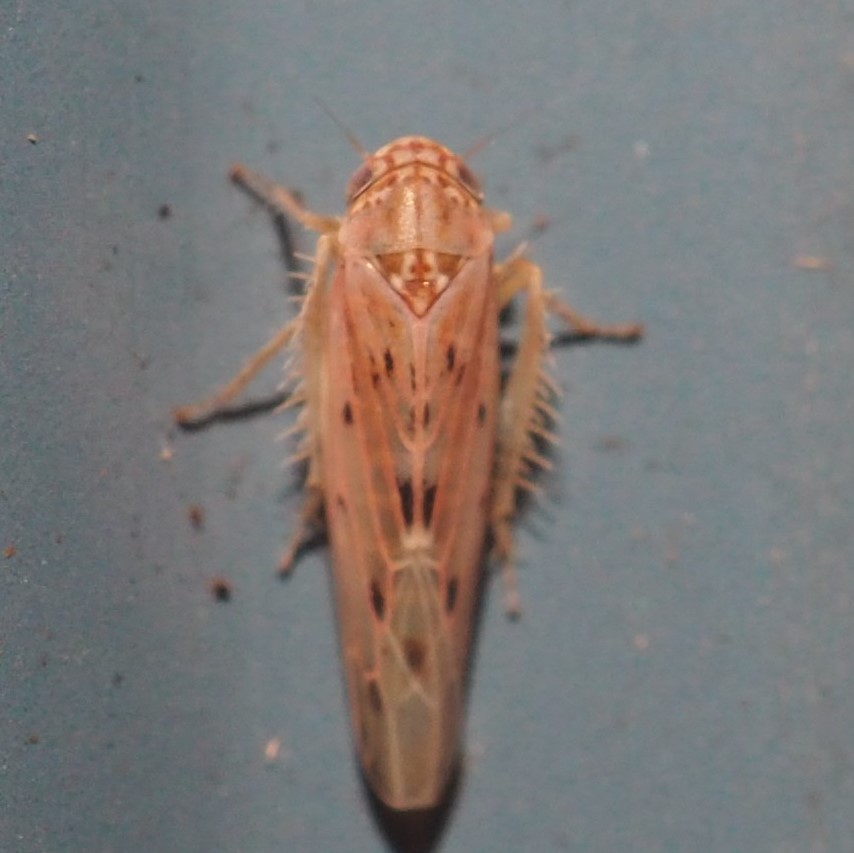
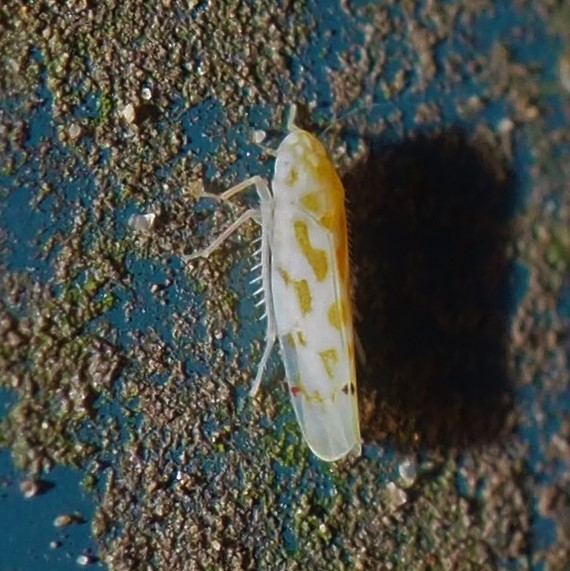
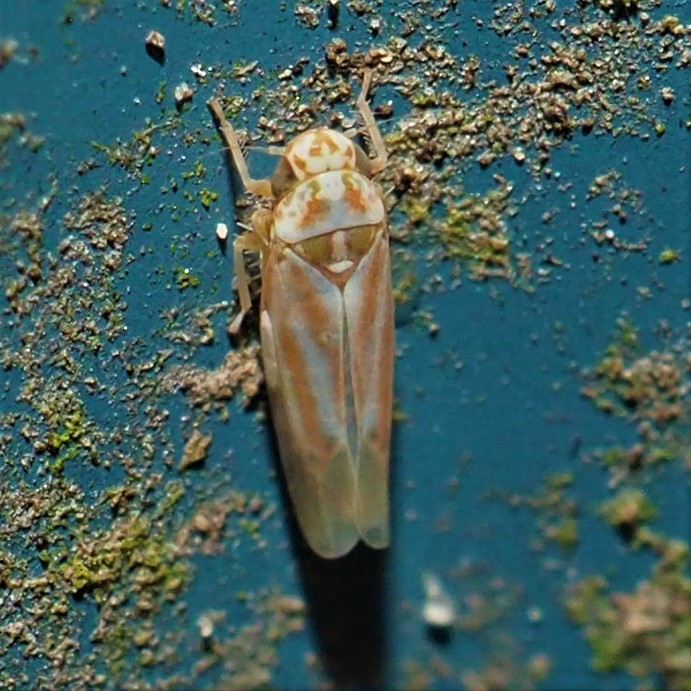
Another Erythridula genus Leafhopper. Then our faithful friend, Drymus Unus. Then a Pachypsylla (One of the Hackberry Gall psyllids). Picture 3 is a side view. Many insects, like most Bugs, give the experts a headache if they are in Nymph form. Pachypsylla do the same to their enthusiasts if they are found in Adult Form!
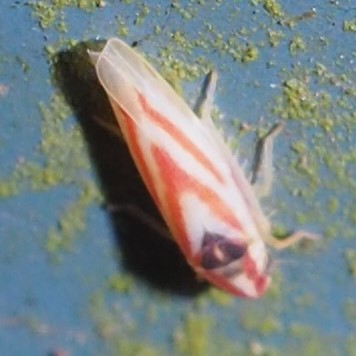
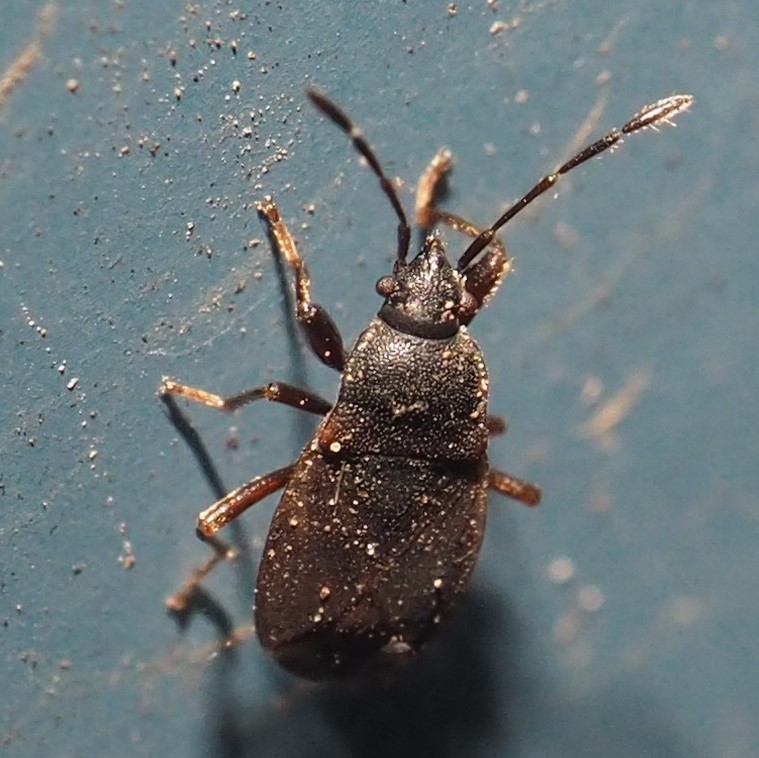

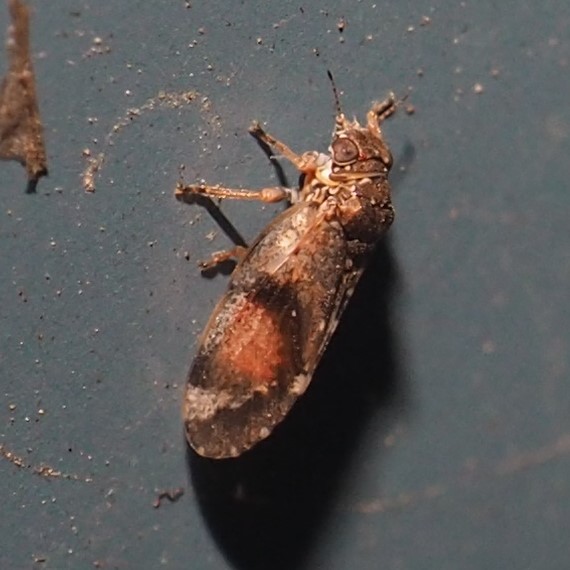
Let's see what kind of Flies we got this week. First and second show a Mosquito but looked to me like a big Midge. Number 3 is a non-biting Midge and a male - look at the antennae.
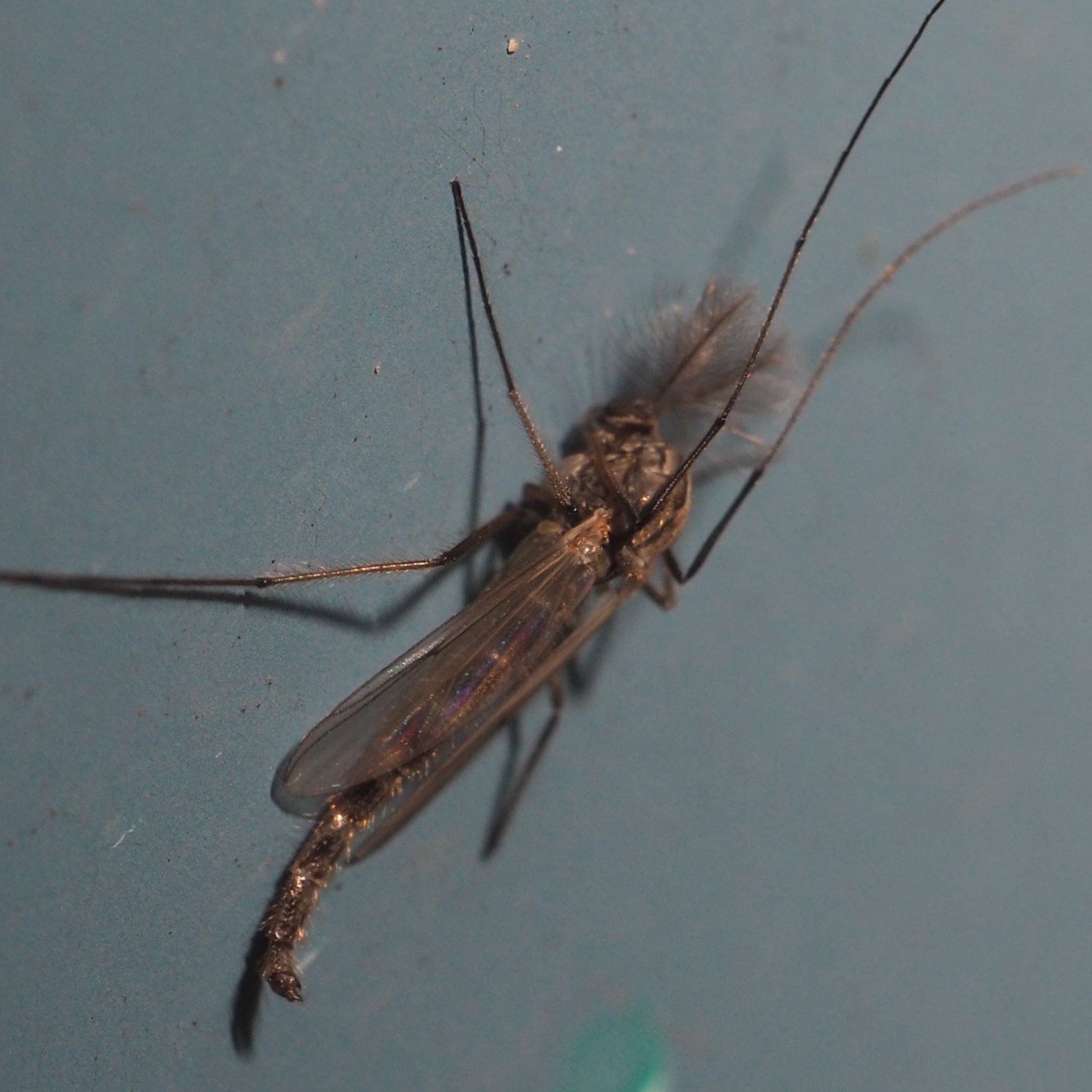
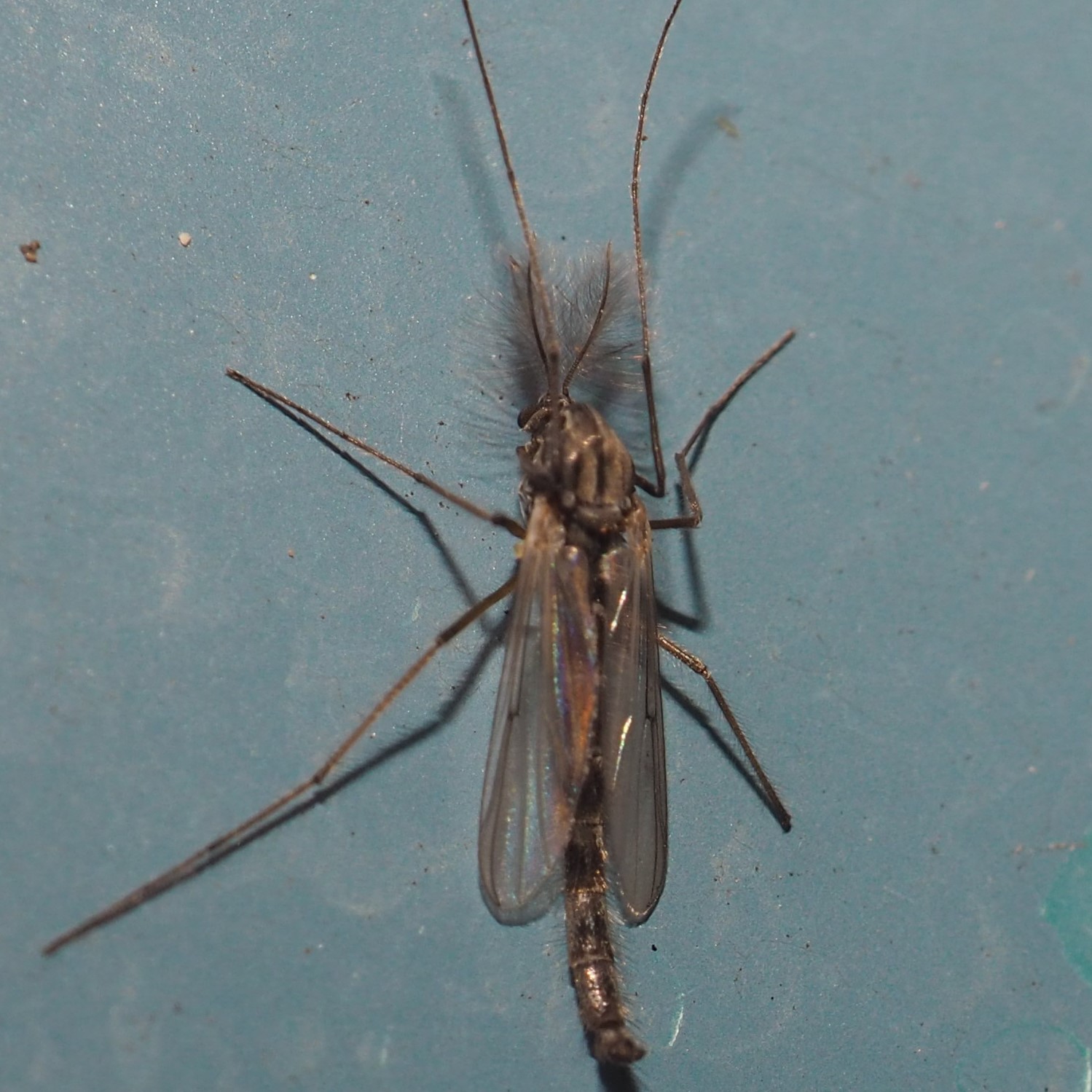
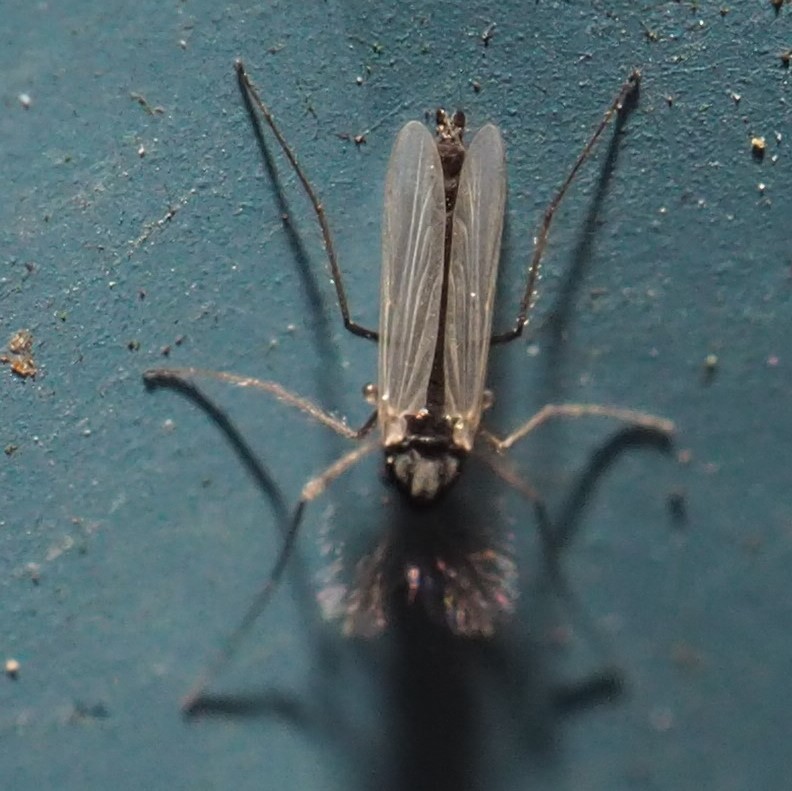
Here are a few that I believe must be Midges, probably non-biting. The second one is a male (look at the antennae).The third one may be a fungus gnat.
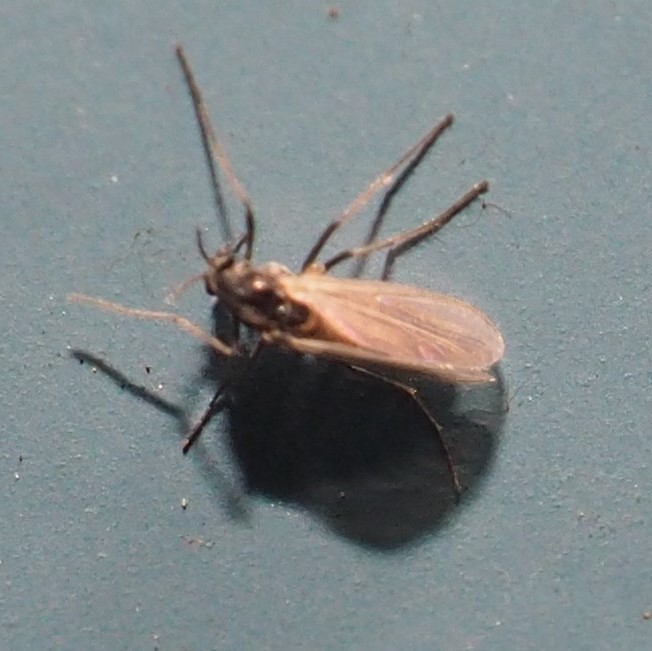

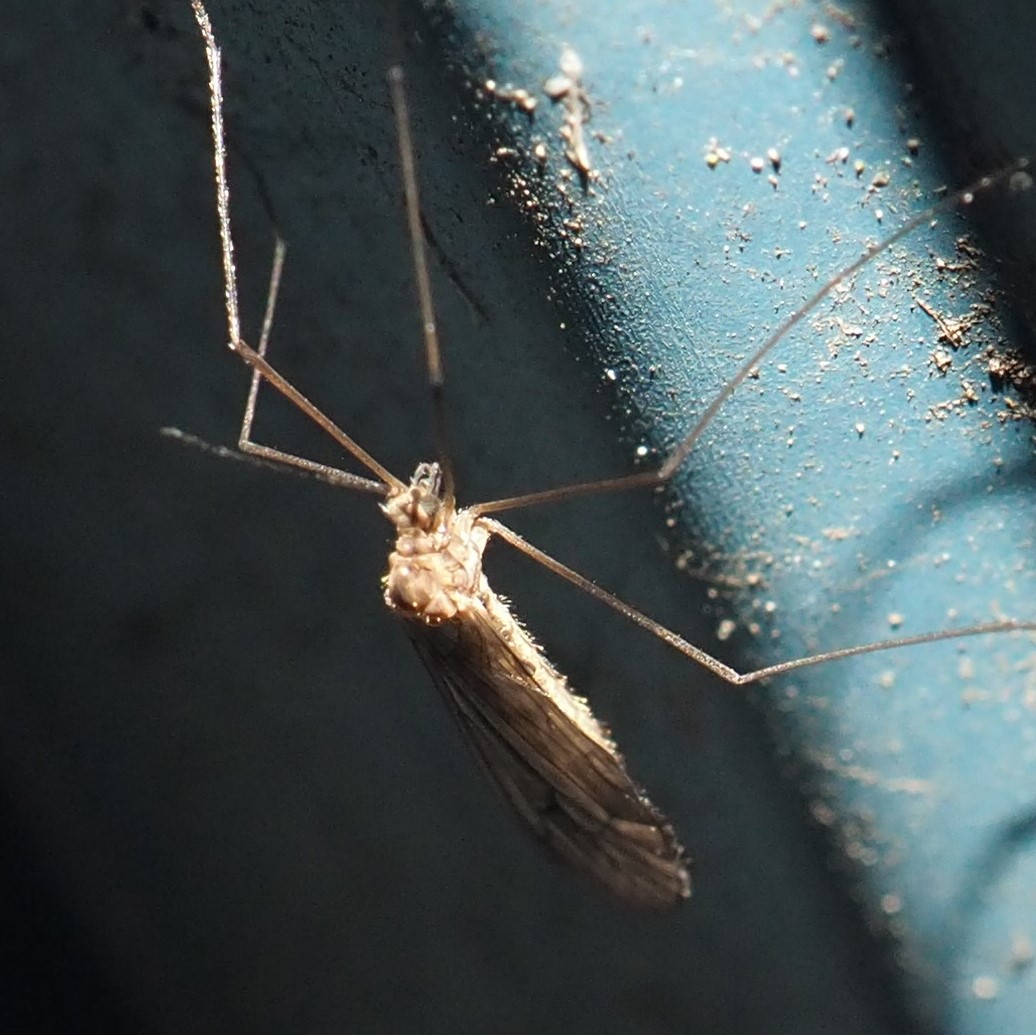
Here is a Lacewing, which I thought must be a Brown one this time, but it is a Green Lacewing. @grigorenko of iNat says it WAS green a couple of months ago!
.
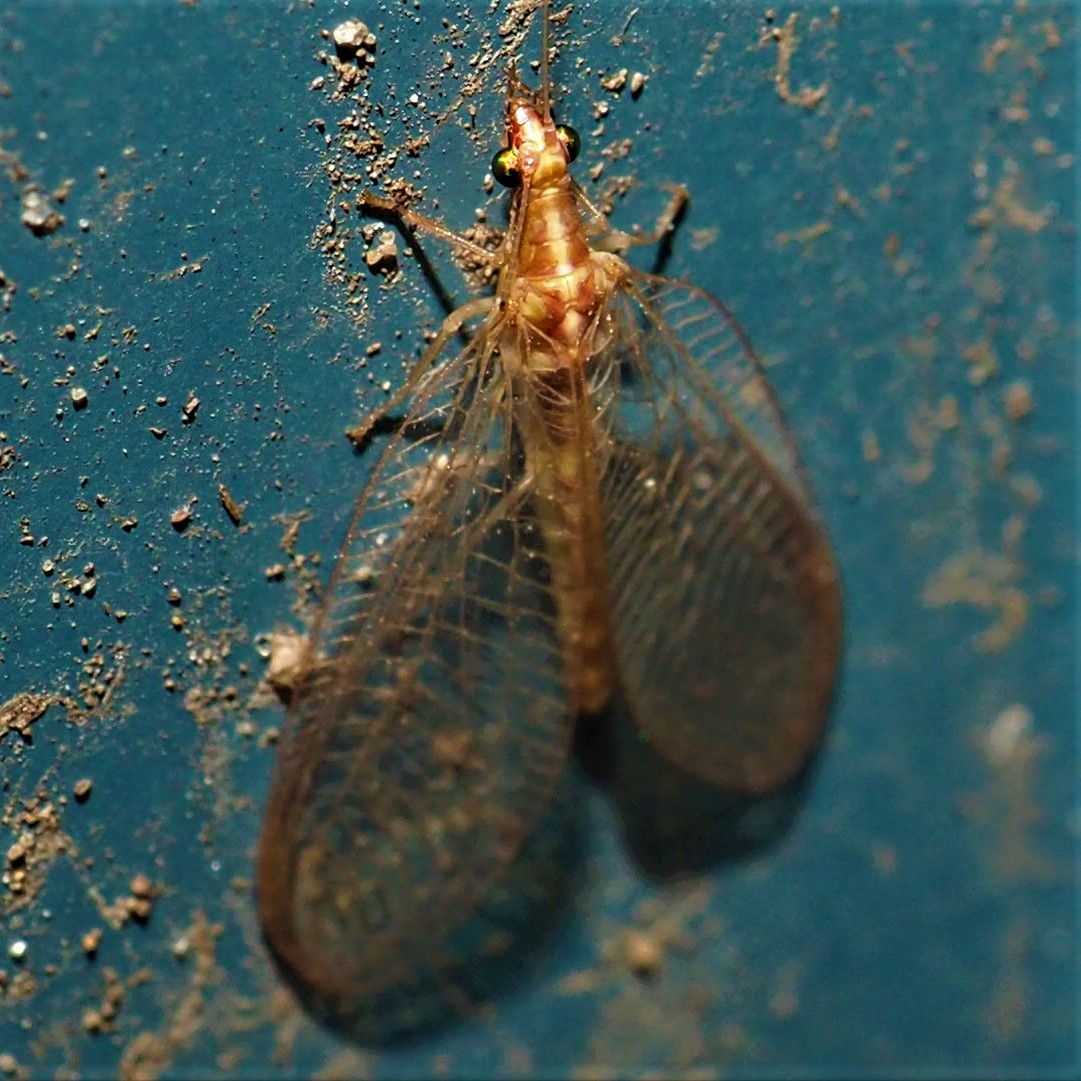
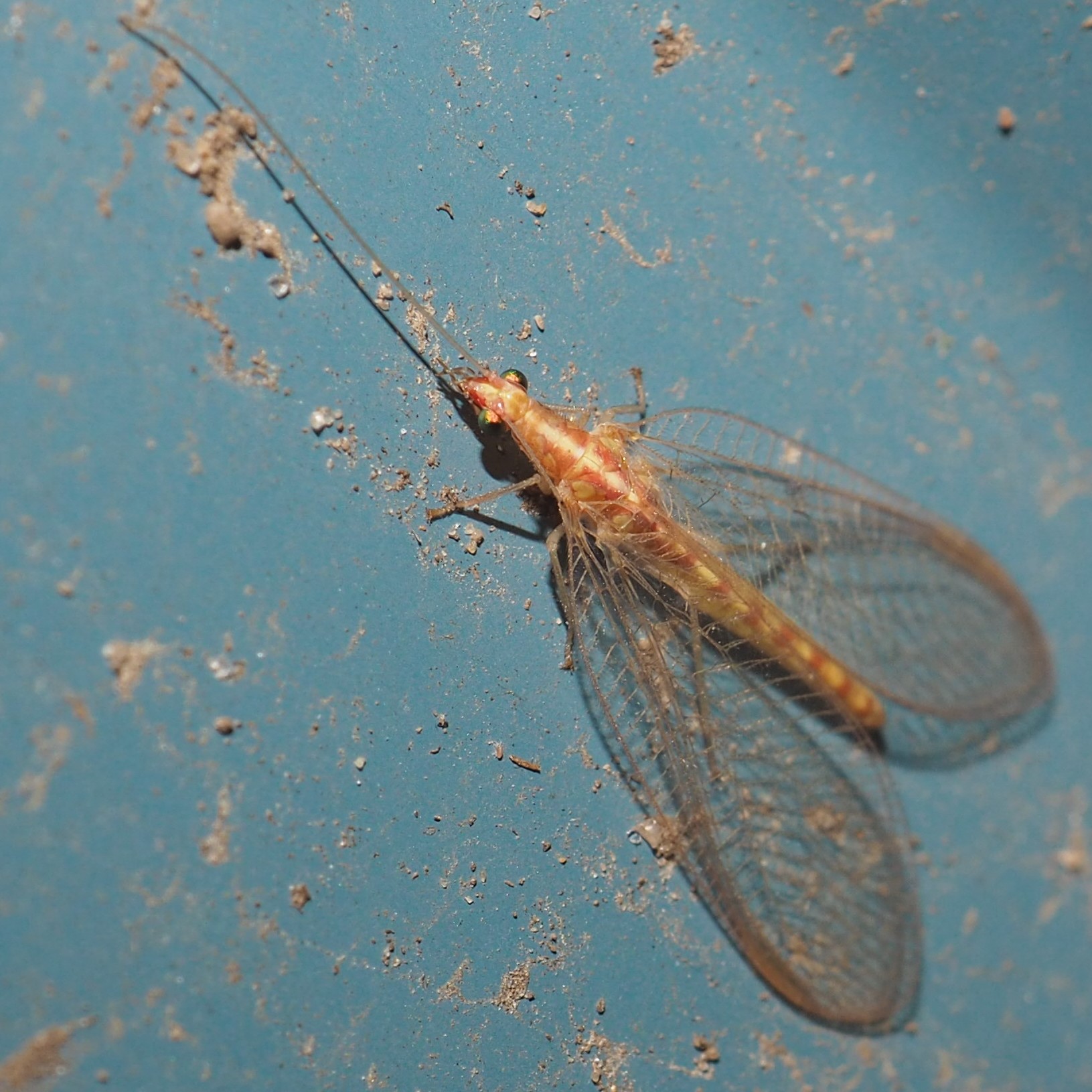
This next fellow is a Rustic Sphinx Moth. It was taken by a friend of Jim Whitehouse's in Scotsdale, AZ. It looks like the Tobacco Hornworms that I used to have, but I couldn't make out the little tail ornament. It does not visit Michigan. Picture 2 shows our native Tobacco Hornworm. You can see its little tail (or "horn") at the top of the picture. This picture was taken on August 26, 2016. The third picture is of a tiny moth, probably in genus Psychoda. Fourth is the caterpillar of a Geometrid Moth.
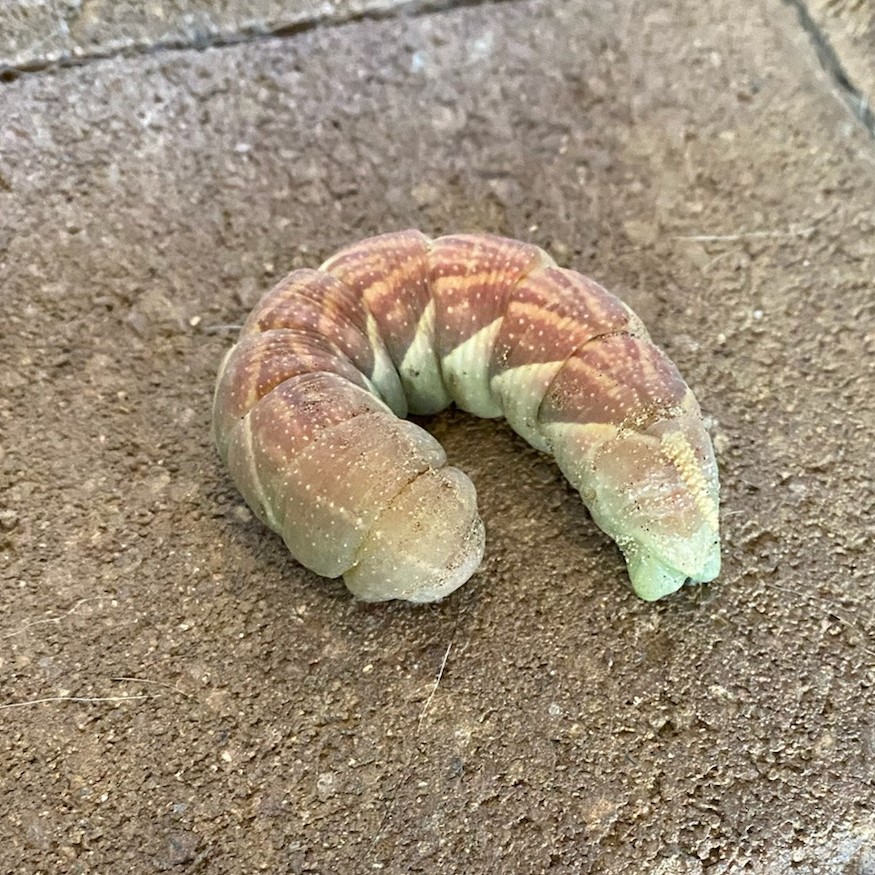
 Manduca sexta 8 26 16 6.jpg)
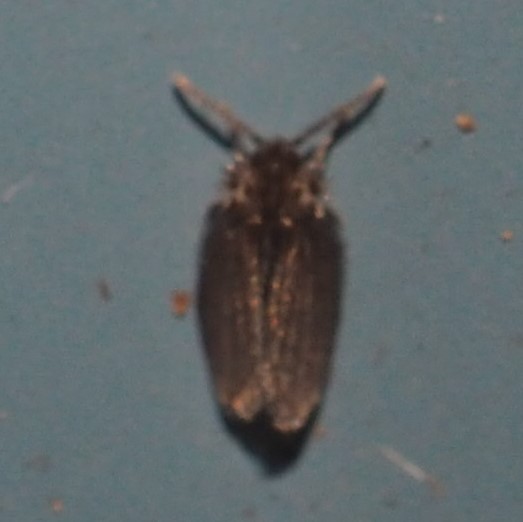
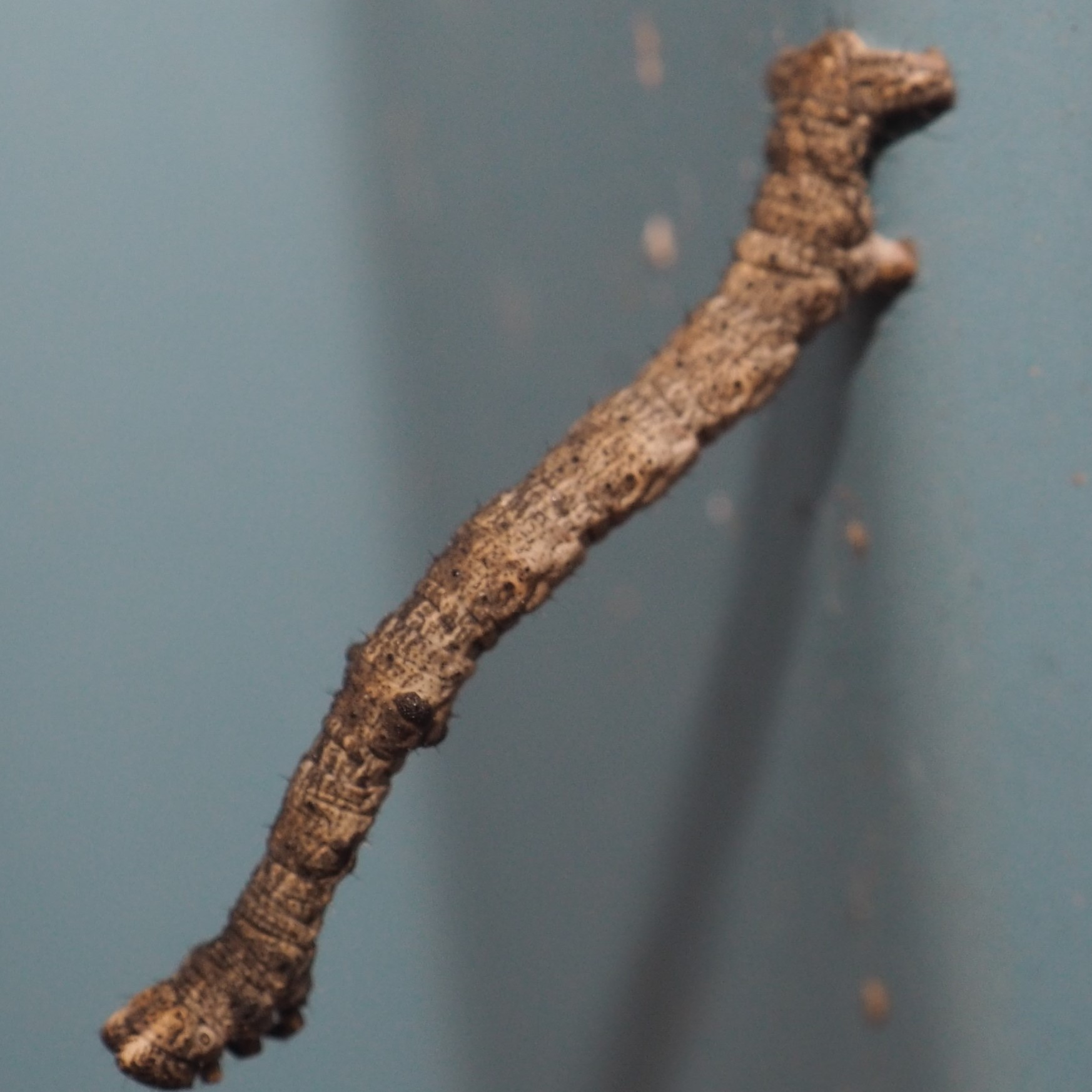
Here are a couple of creatures related to Pillbugs. I think it's safe to say that this first one is an Isopod, as that is the big group that contains Pillbugs. Next is a Pillbug for sure. It was ID'ed on iNat as
Brickwork Woodlouse (Porcellio spinicornis).
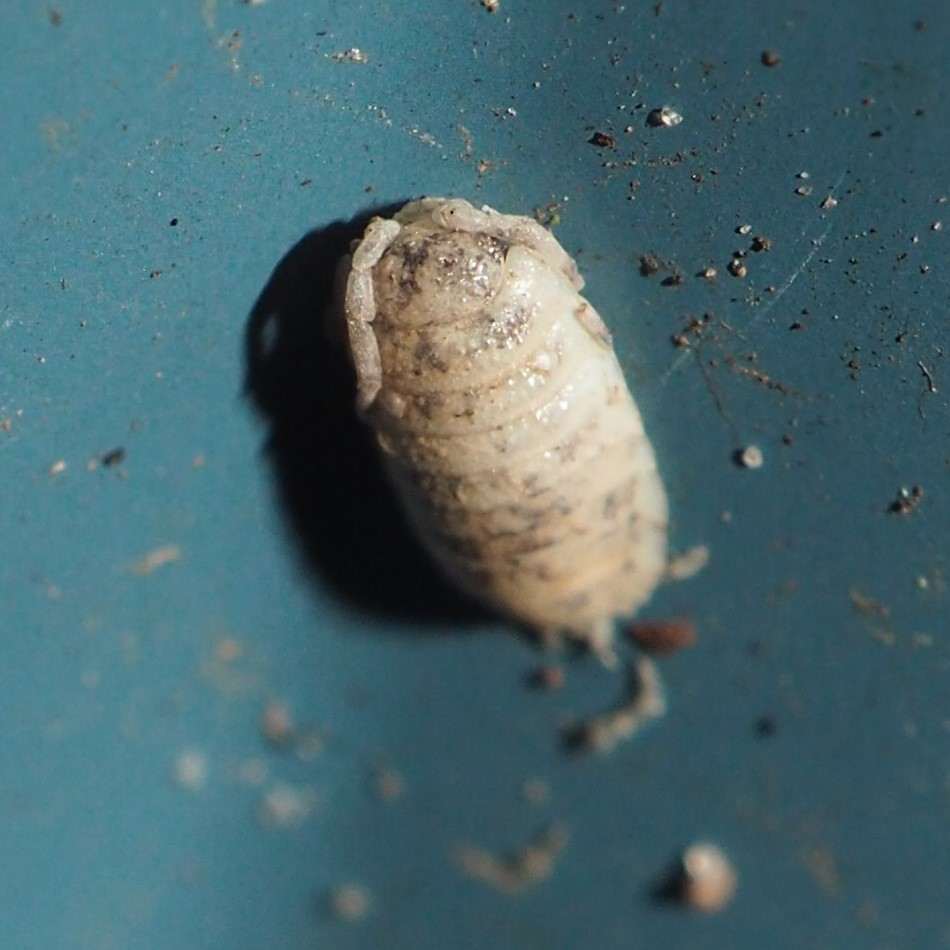
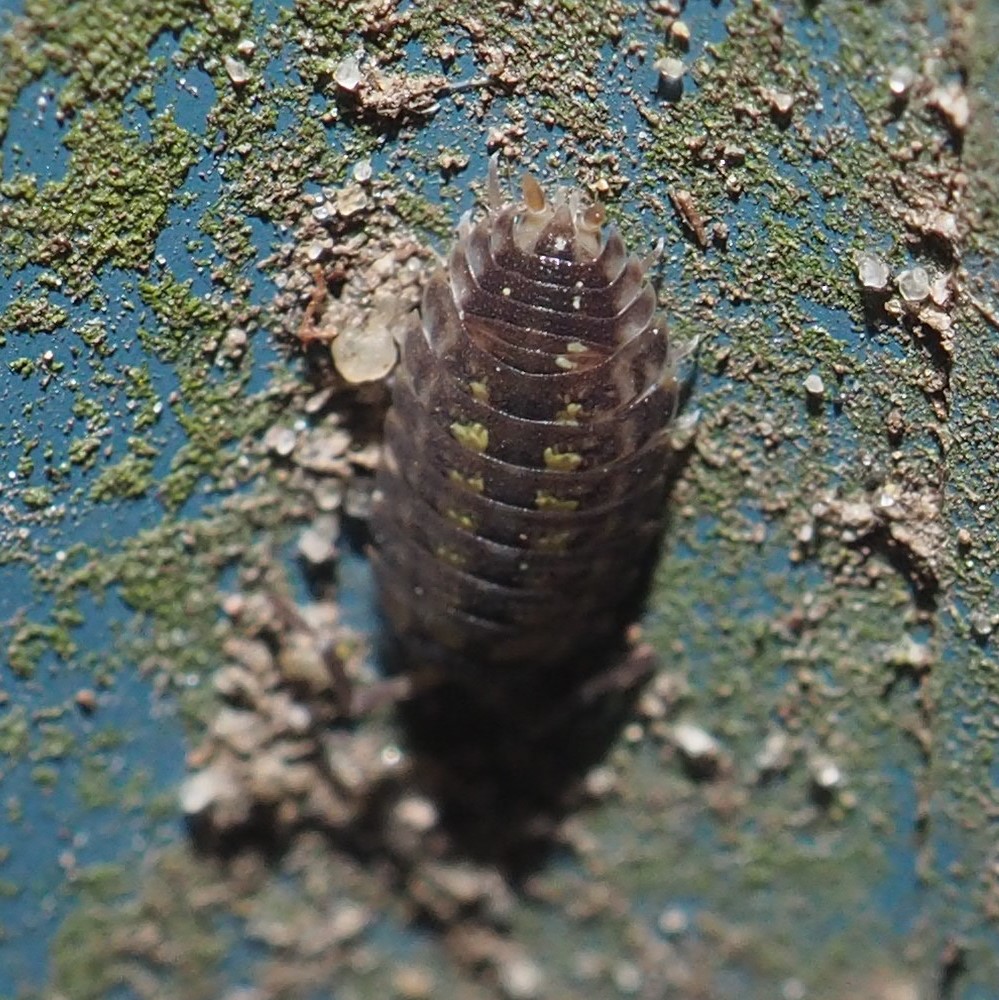
I so wish I could add a big Fish section, with the fishes flashing their fins and tails as they race for food. It has been almost a month since I've fed them. But here is a picture of the leaf net filling for the second time with leaves. Most of the Redbud leaves are over with. Now it's filling with yellow Norway Maple leaves. But under the net you can see two bright red fishes, and to the right, a red-and-white one. Think of it this way: the other fishes probably are all right down there, they just don't show out like the red ones! In the second picture, you see them - it looks as if they are above the net - that's just an illusion. They are below it. Picture 3 shows the first-year lily leaves still surviving the cooling water. Let's hope they will feel like blooming in the spring or summer.
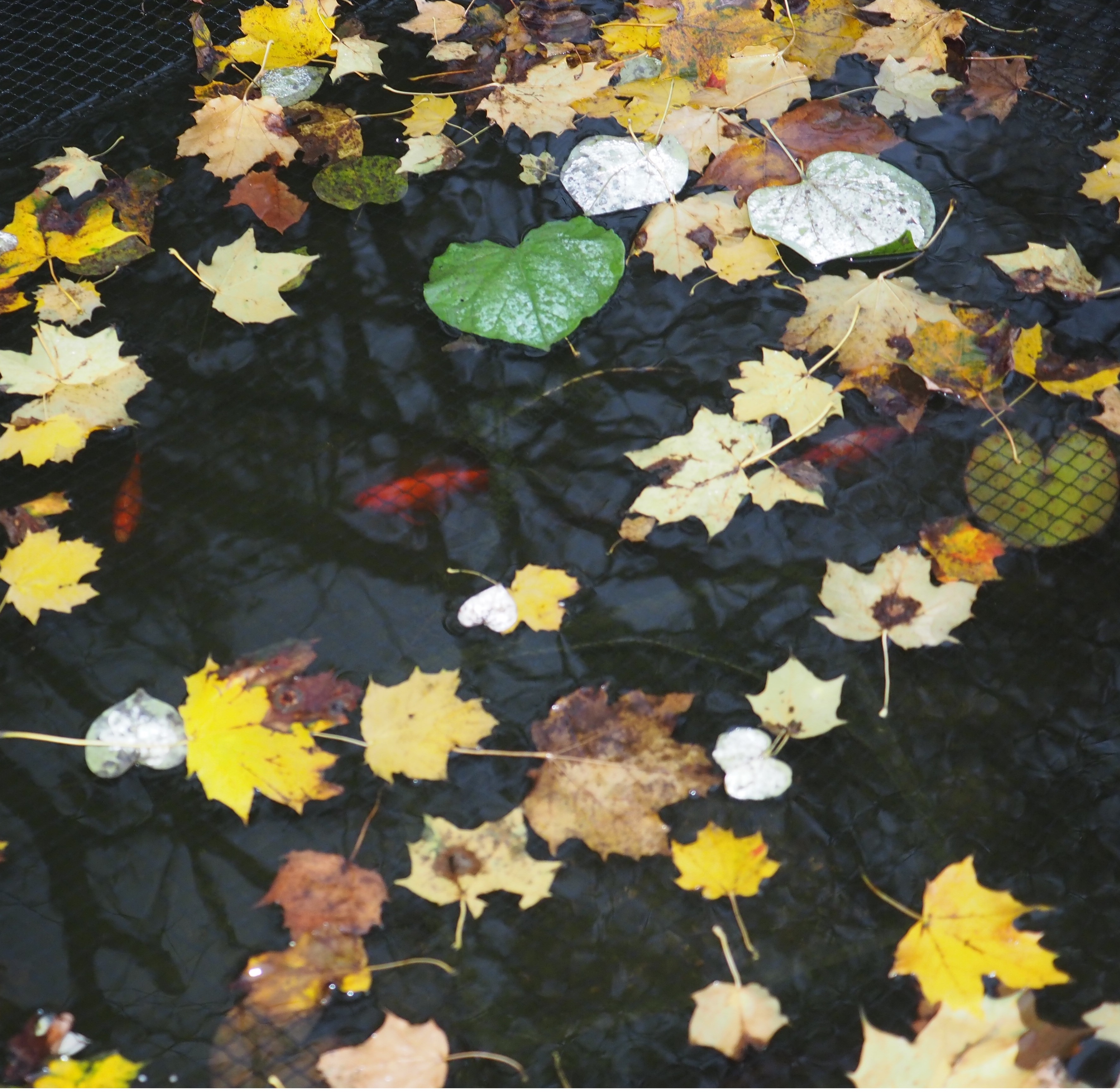
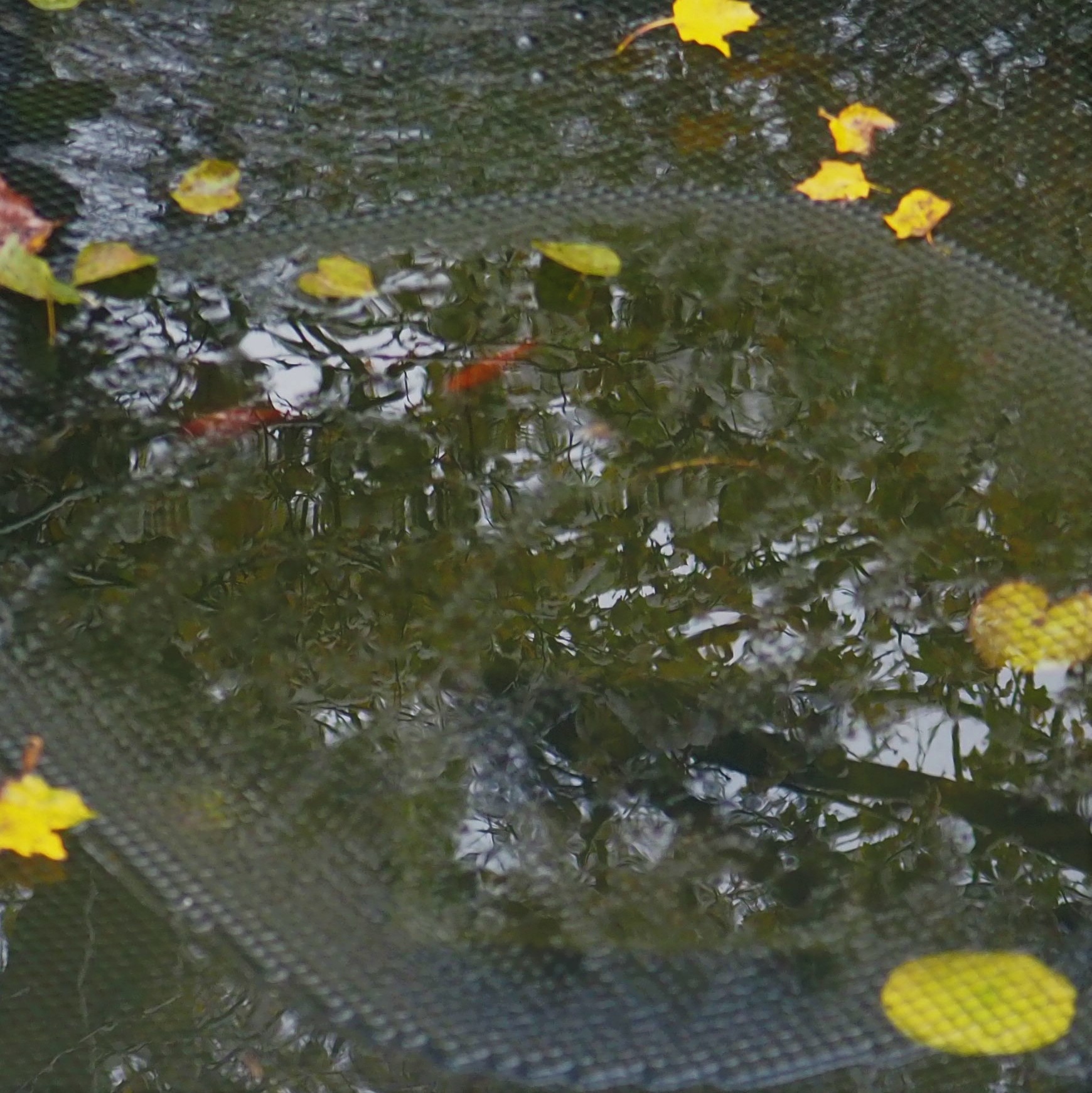
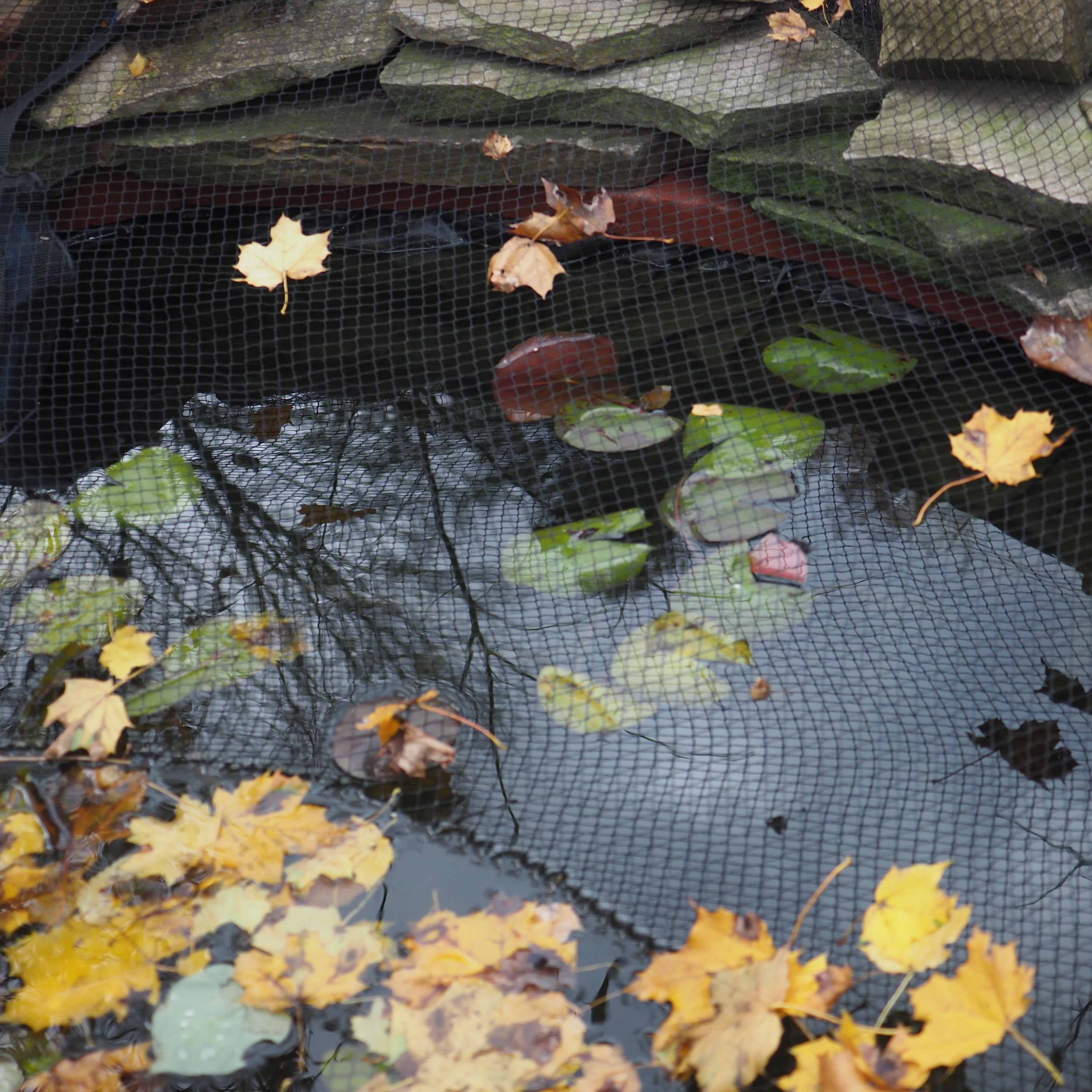
We might as well visit the Spiders. But guess what? There were almost no Spiders to be seen this week. Not a Common House Spider, or a Cobweb Spider. But again. The ONE spider to show up is the one that is often missing from the family portrait: my favorite: the Pirate Spider, Mimetus puritanus. She is in full cheek. Don't you love her harmless grin? Sorry the first two pictures are almost the same. She obviously didn't react to the first camera flash! The third shot was a side view.
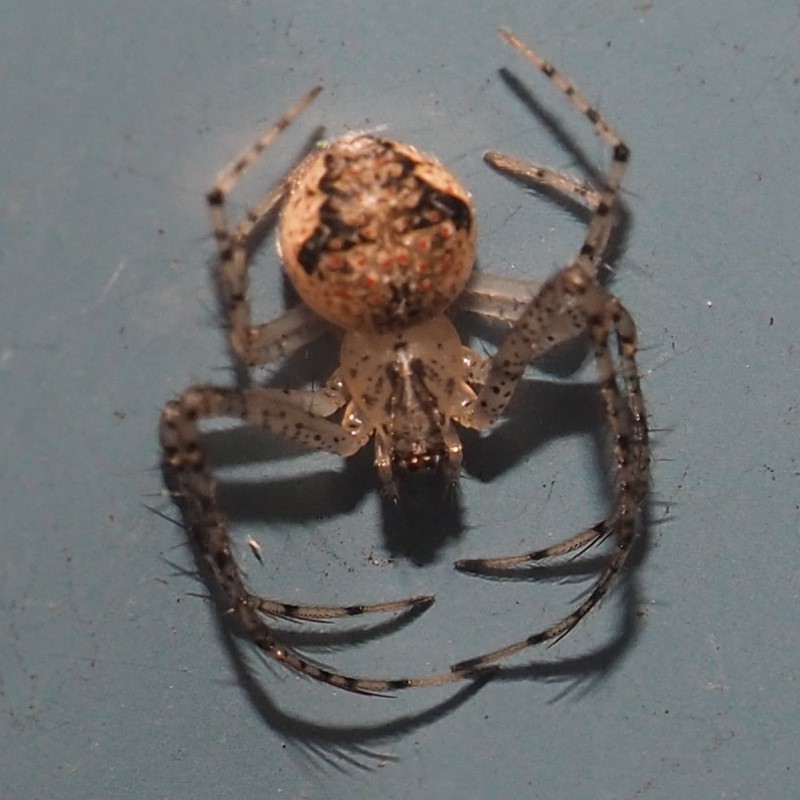
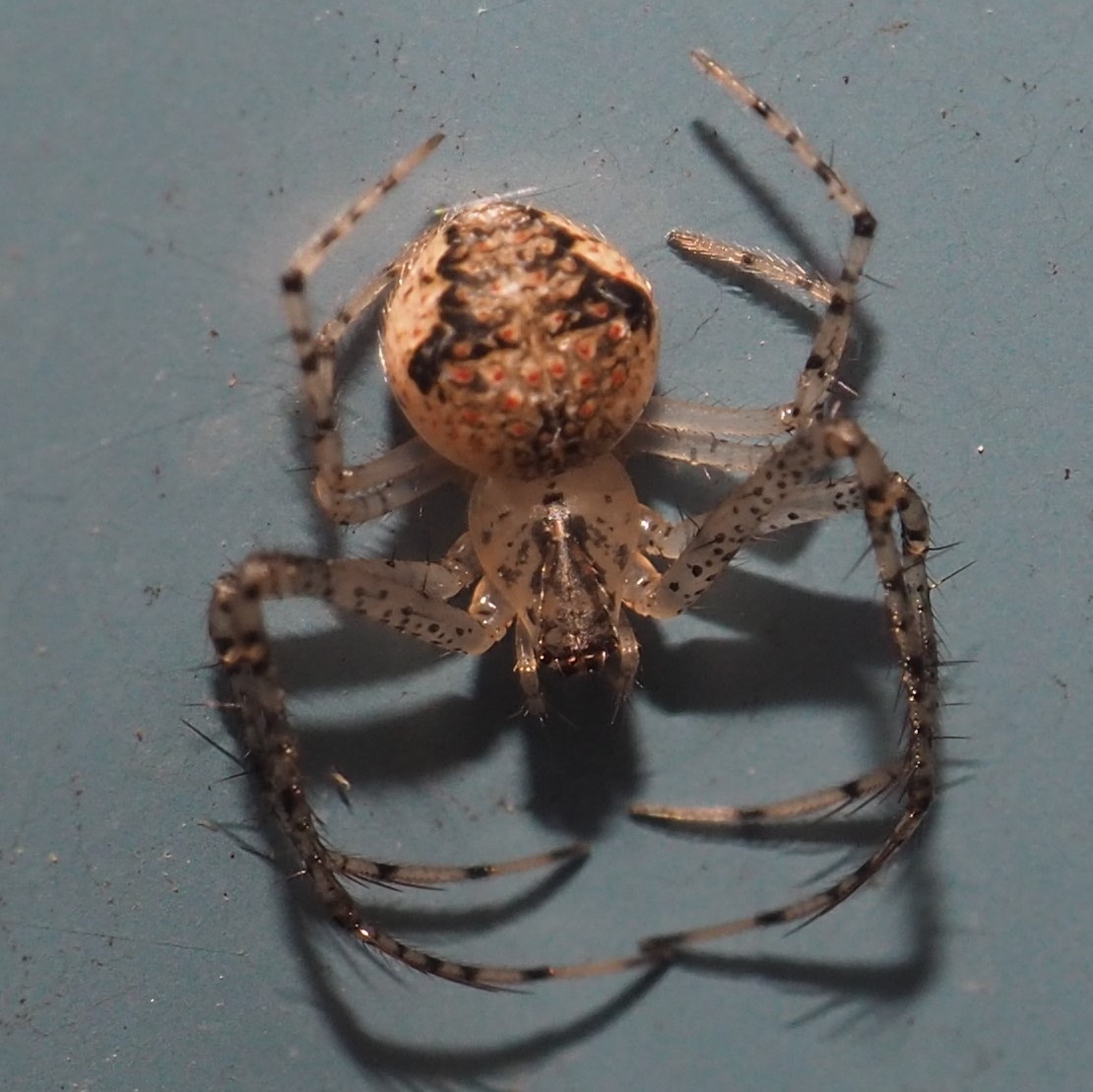
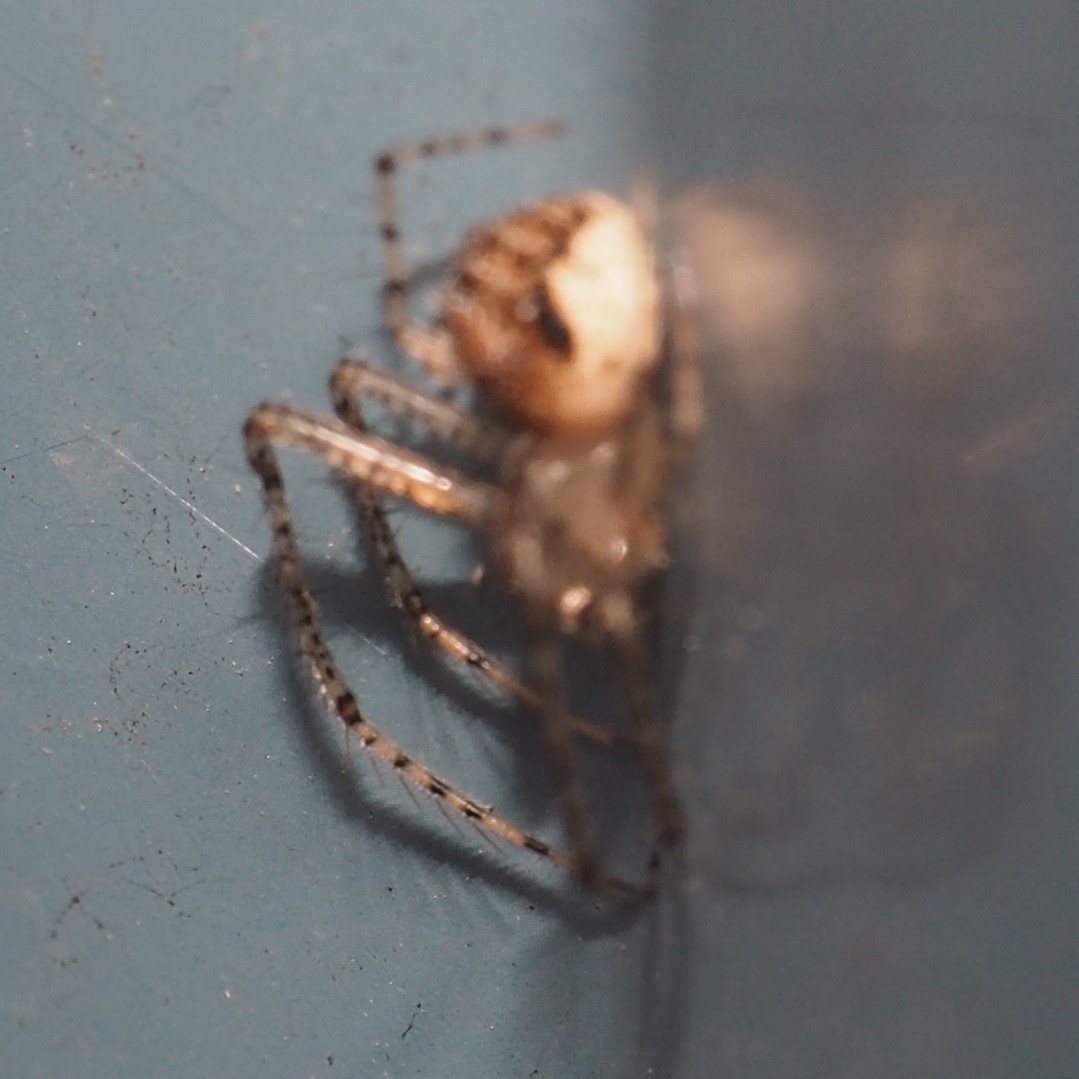
I decided to go out for a while to see if I could get some color into this blog. I had forgotten that this year the Red Oaks in town (and that includes the one two houses away from me) had all decided to make this their reddest year in a long time. Take a look.
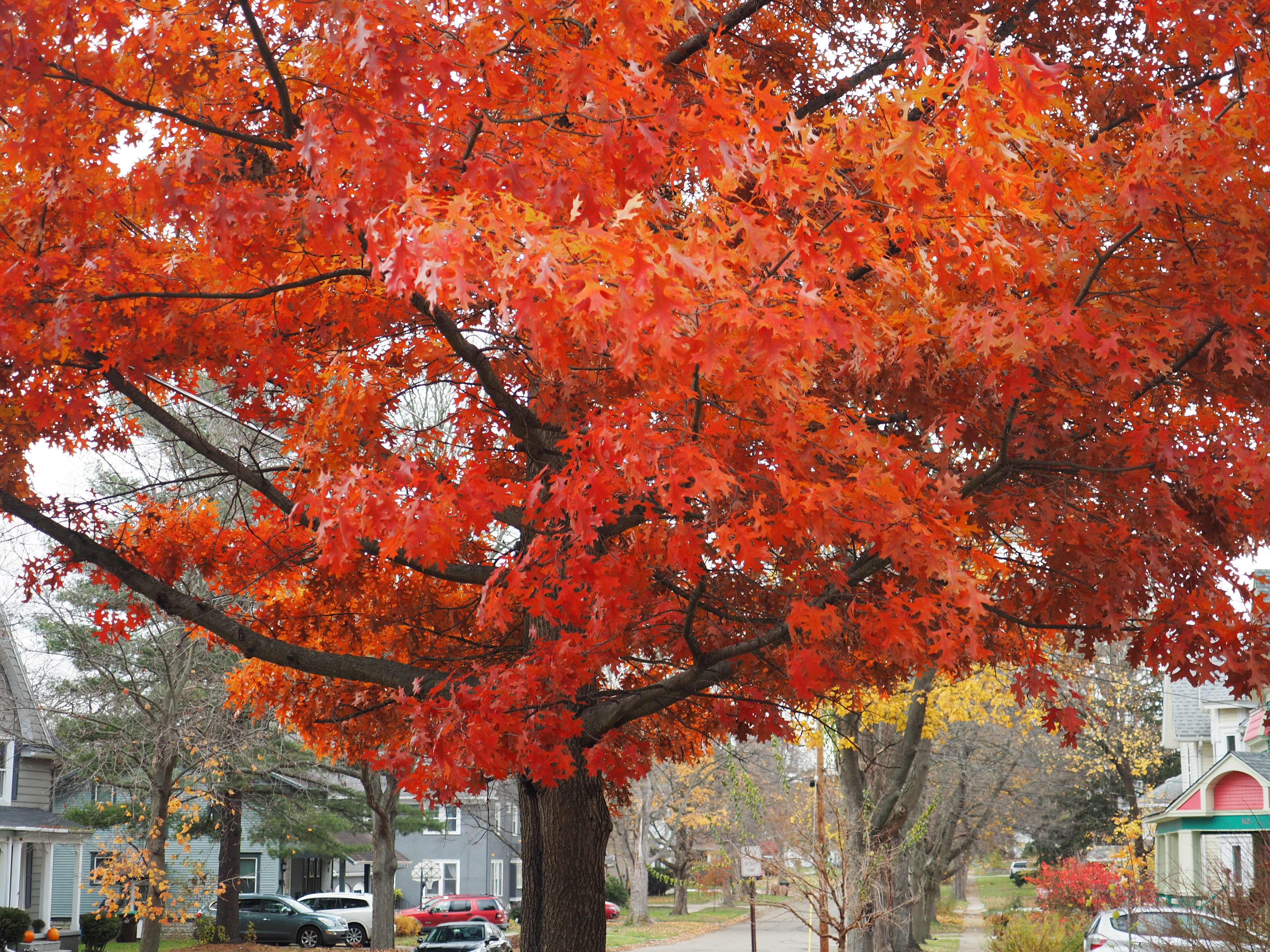
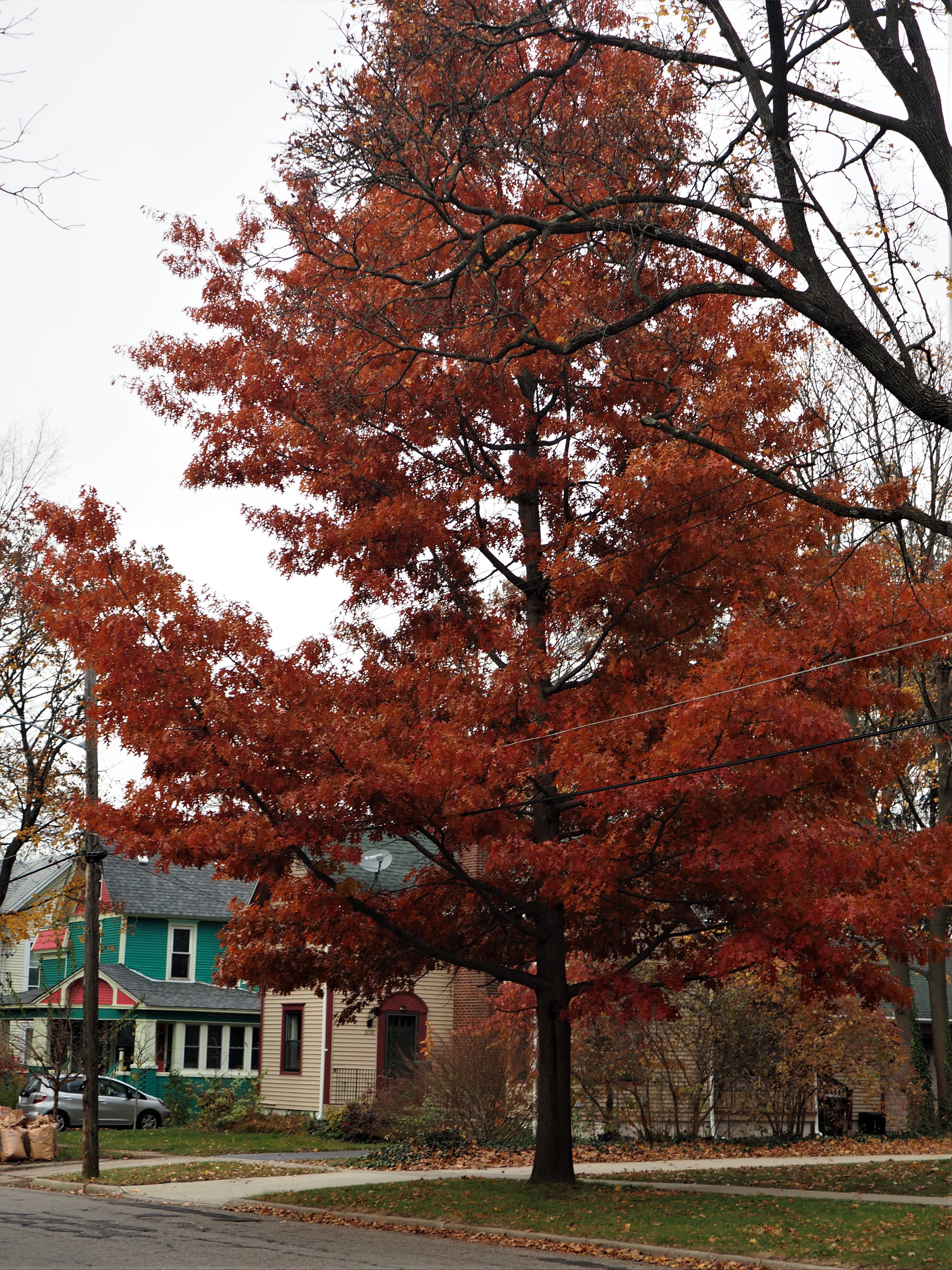
Heading back to the house, I suddenly noticed that I'd been in and out many times and had missed the size of the Euonymus display - now it's all over at the top - you can see seeds where before there were tiny flowers and many more, and much brighter, leaves. But I love the soft colors now too. The birds will have a feast for most of the winter on those brilliant seeds!

Let me see if I can't find one of those film clips showing the fishes at high energy. Ah, here is one of those love scenes starring Chica, the mother fish until lately, as she is pursued by her would-be-partners. In case you've forgotten, the male fish wake up one spring morning and are mobilized by an unseen force to mate with a female, who is singing love songs to them. There may be many fishes who enact this scene a few times a year. This was the warm morning of June 14, 2020.
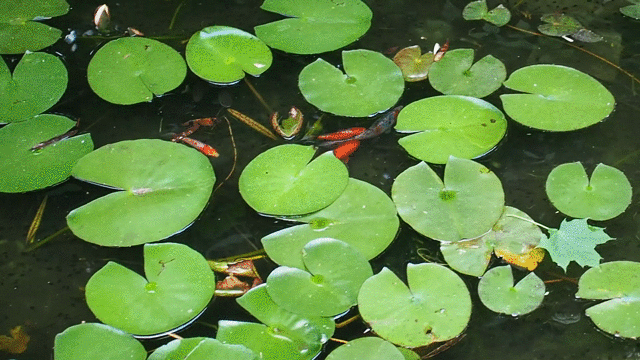
I got it all wrong. THIS coming week is when the magical Turkey drops down welcoming chimneys to be adored and doused with ceremonial cranberry sauce, gravy, mashed potatoes, and as many delightful dishes as we can imagine. Too bad WE don't have a chimney since the last one crashed from the attic down through the fireplace to the basement two years ago now. We will have to invent something to attract the Blessed Bird to our house this year. We'll leave a window ajar for it. Hope everyone is ready for the winter that this occasion introduces. Take care as the real cold season approaches. Best to all,
Love, Martha
Back to November 14, 2021
Forward to November 28, 2021
Back to main menu
copyright Martha O'Kennon 2021











































 Manduca sexta 8 26 16 6.jpg)













